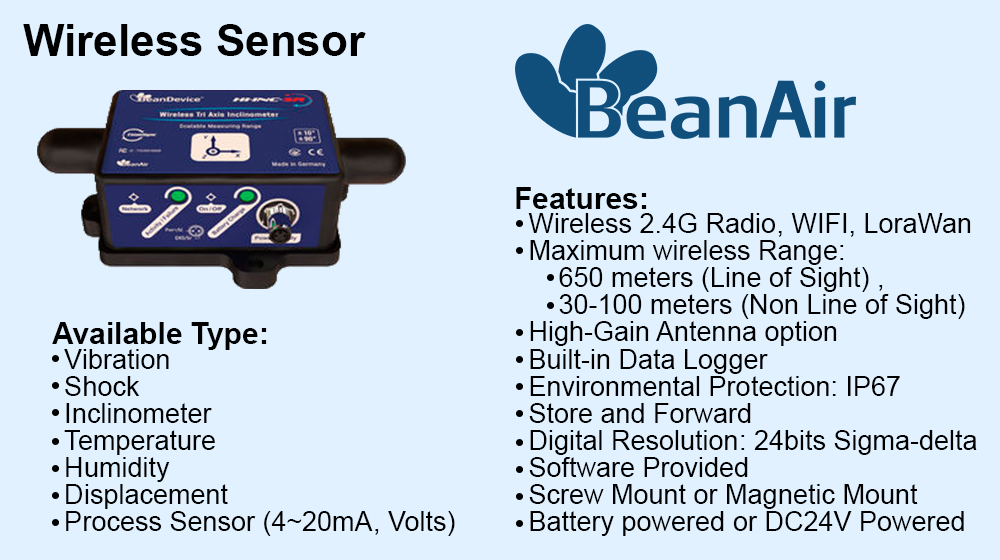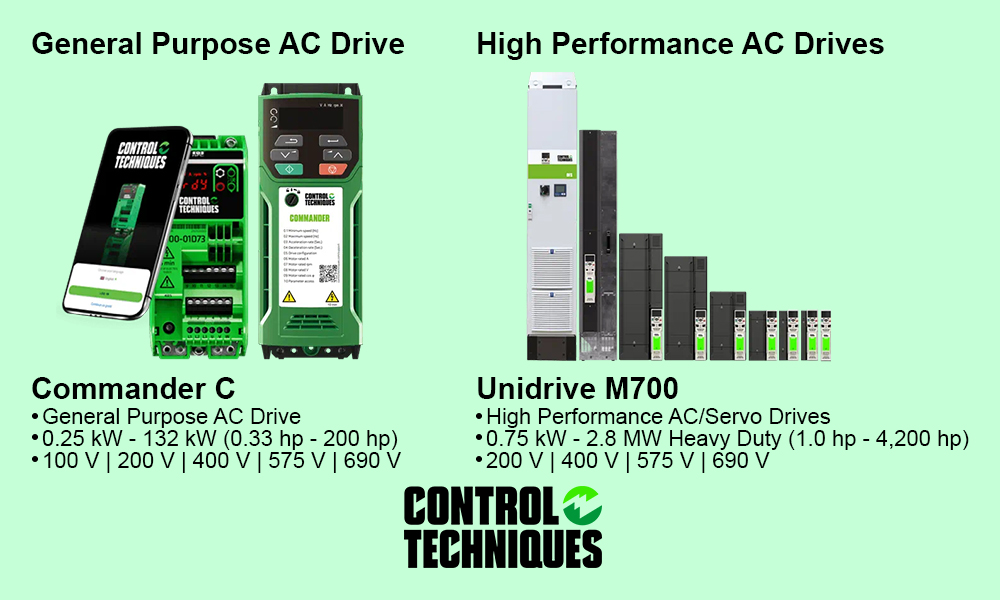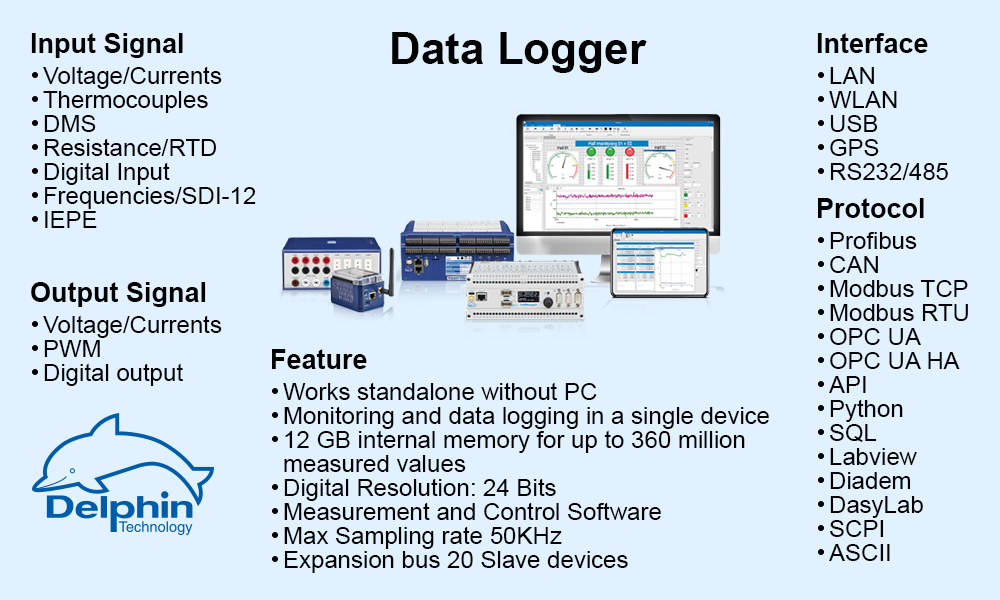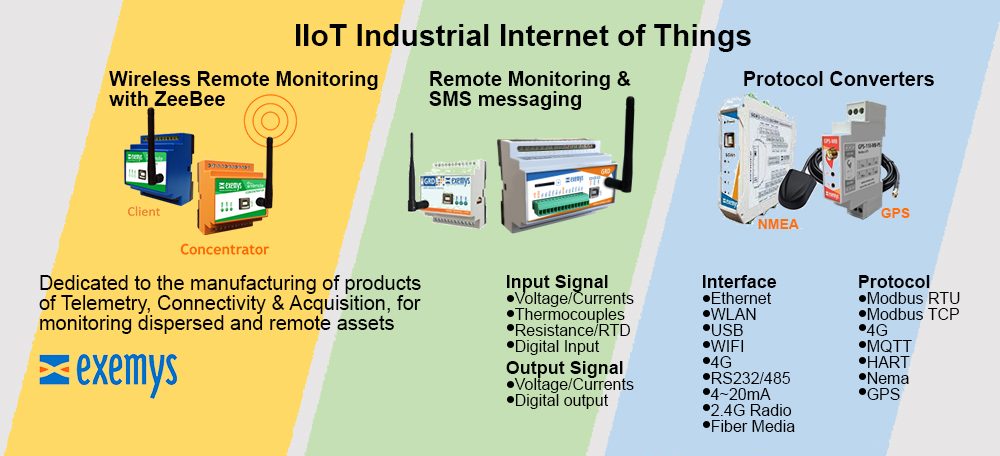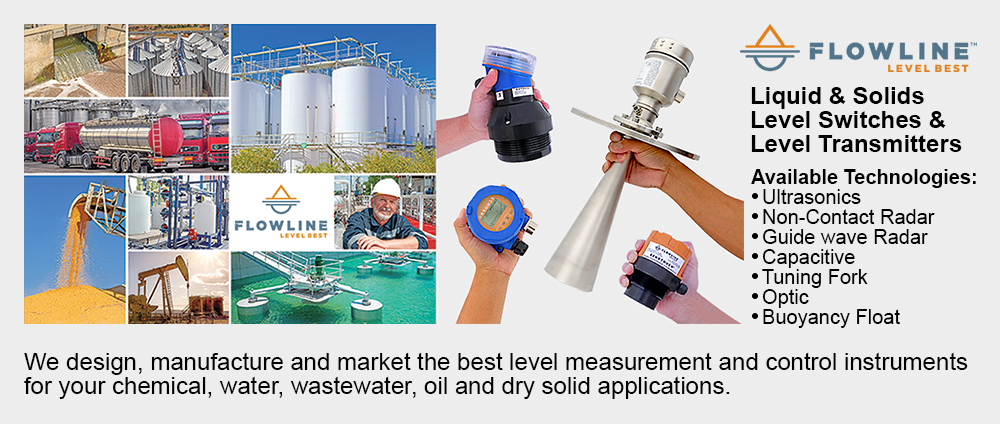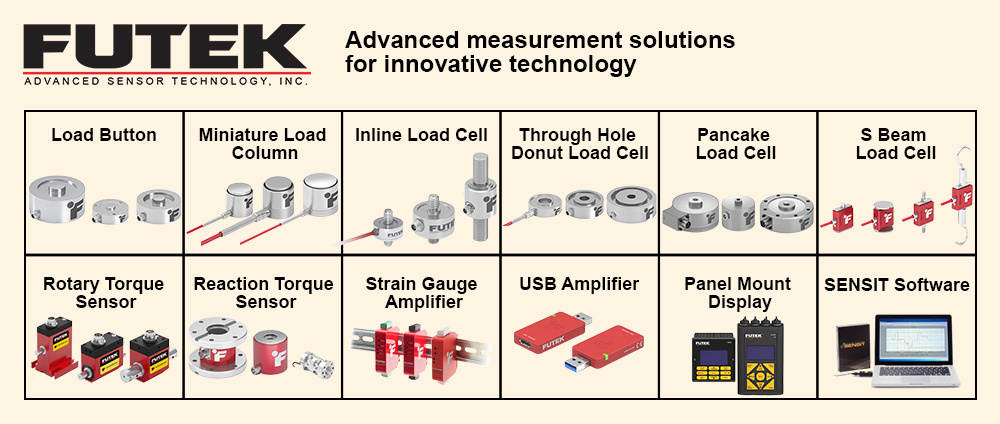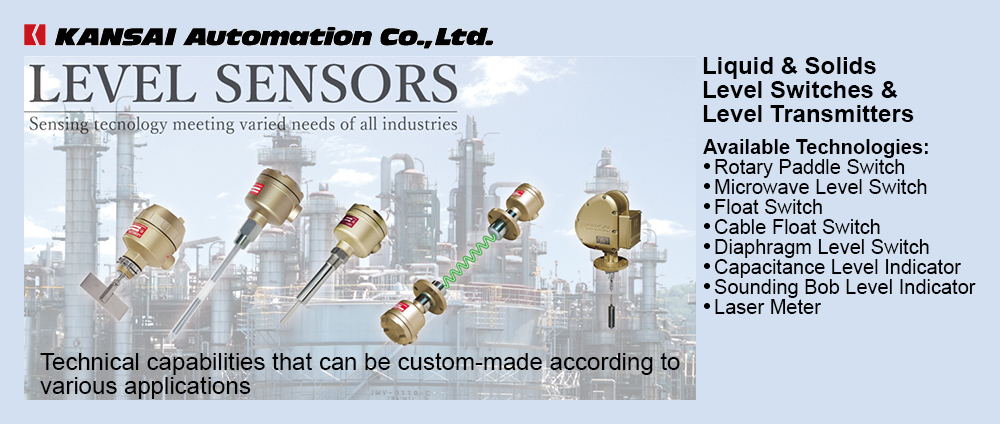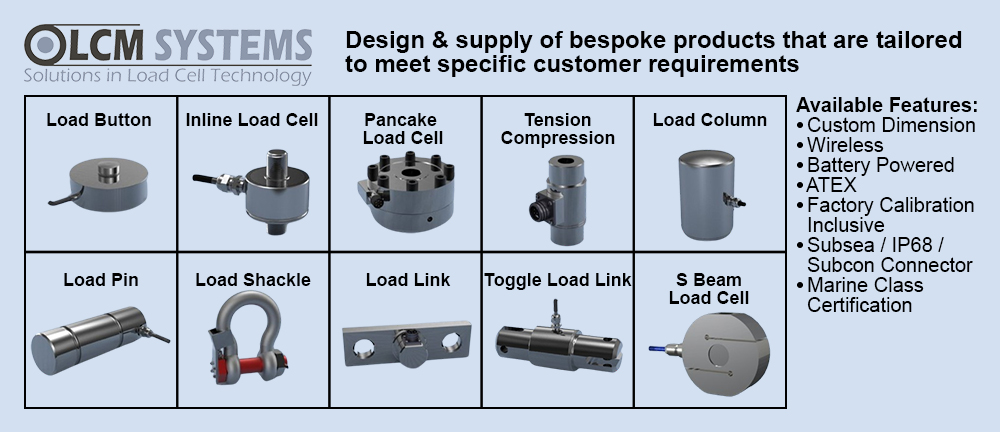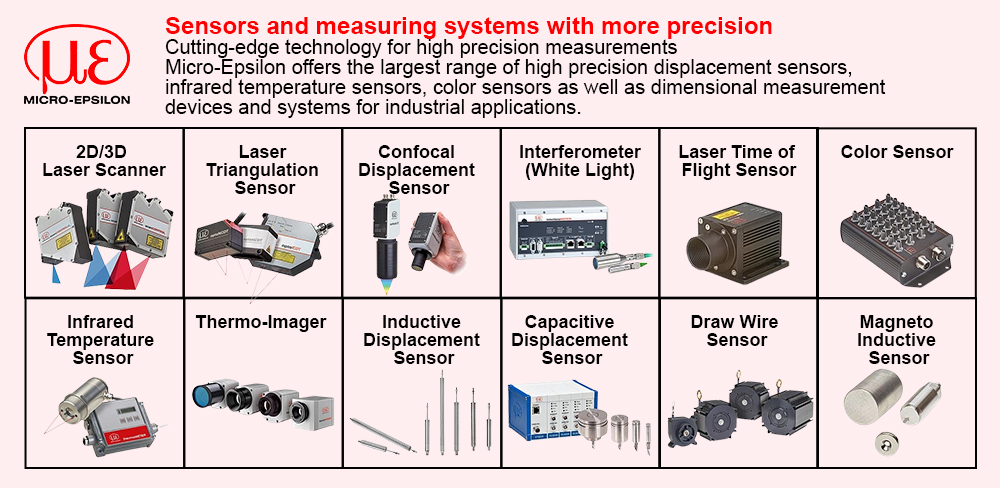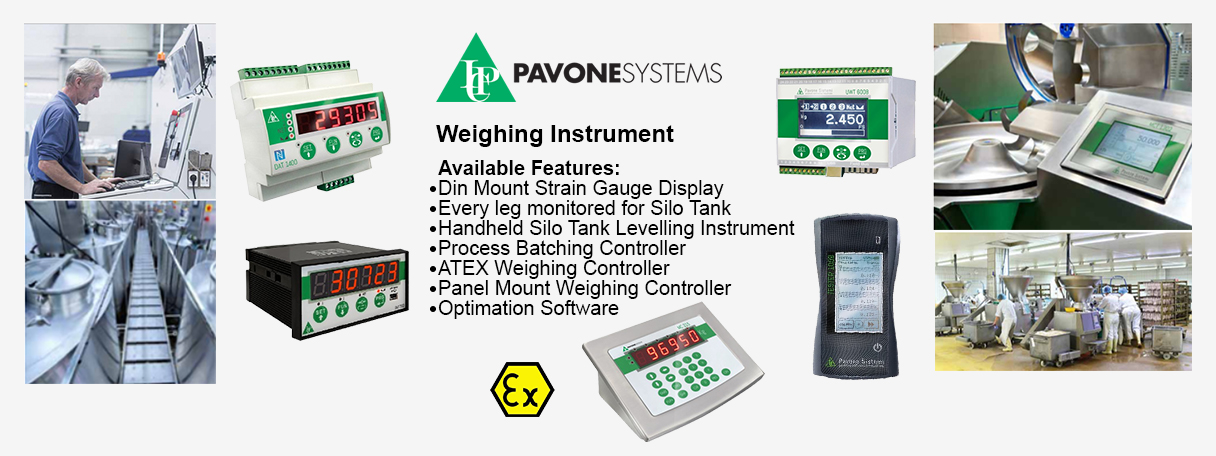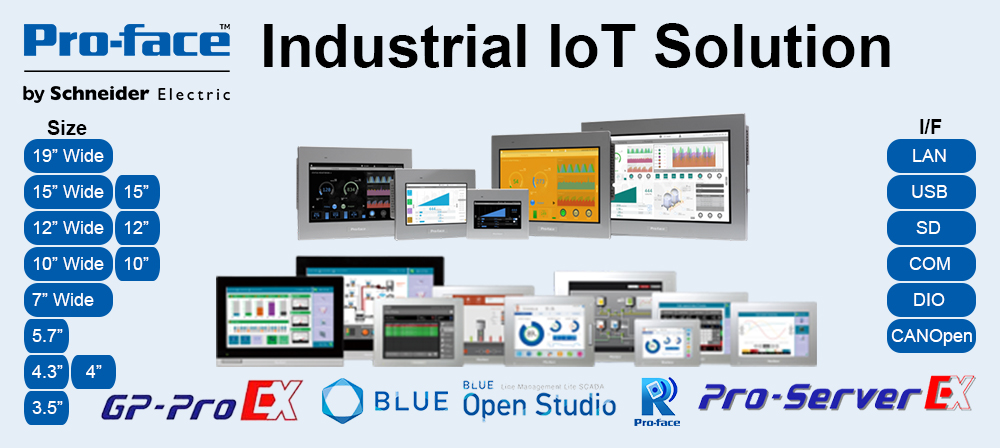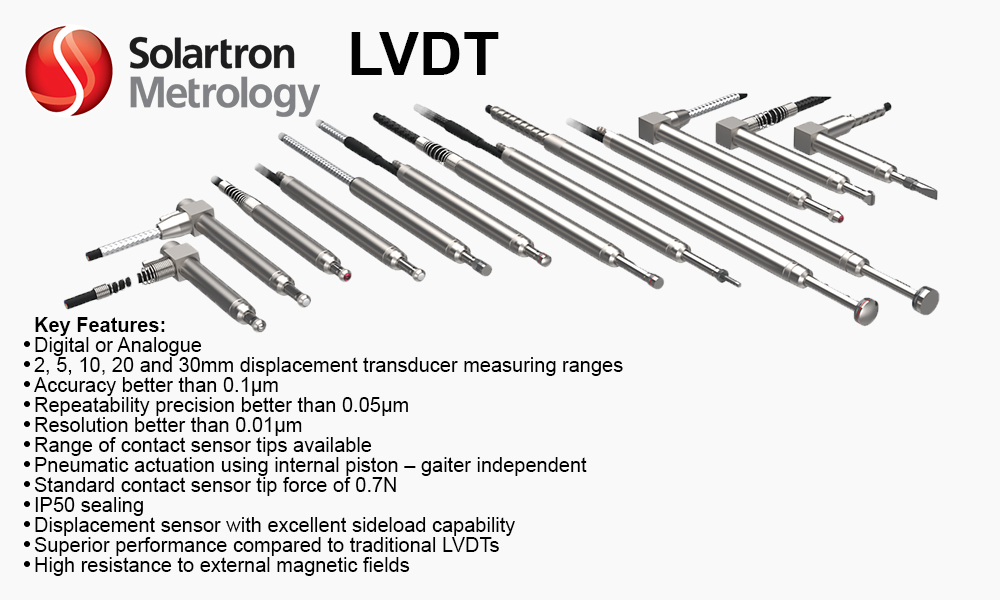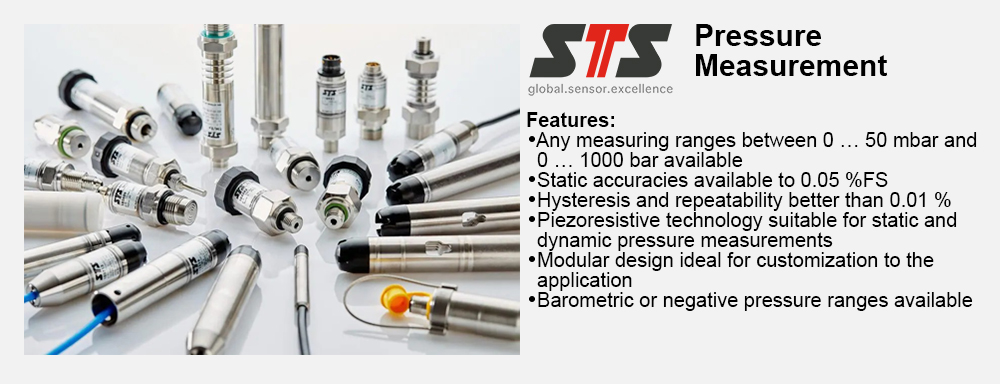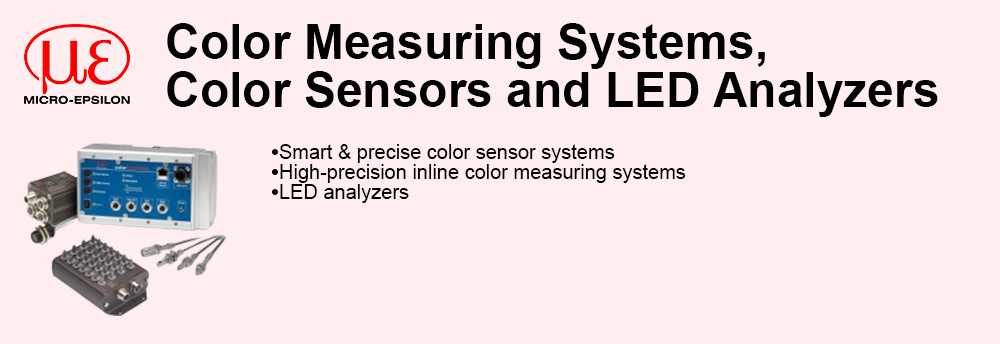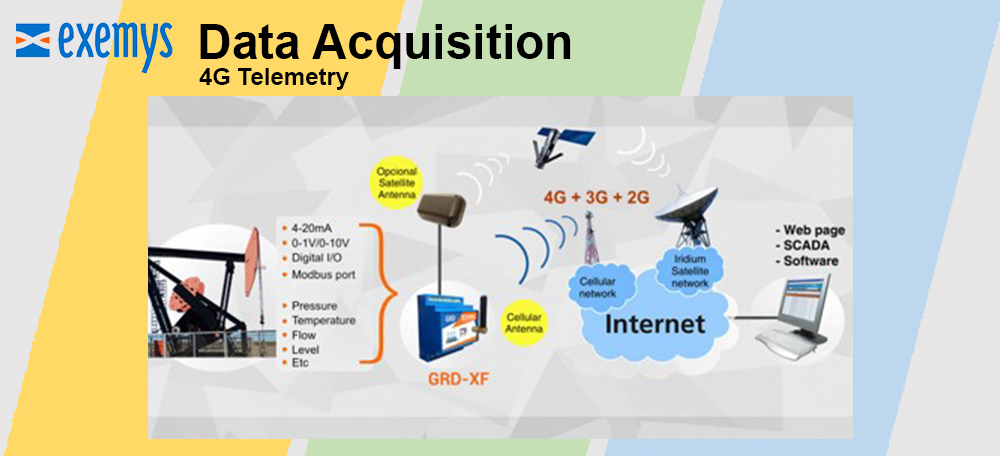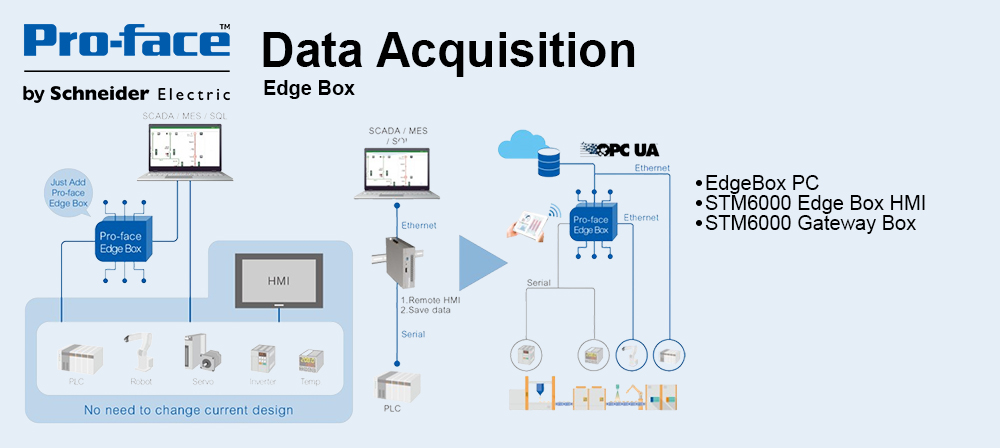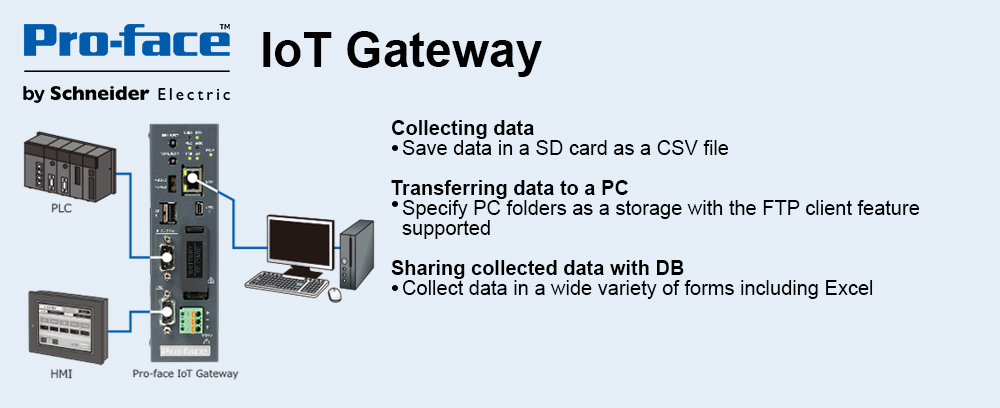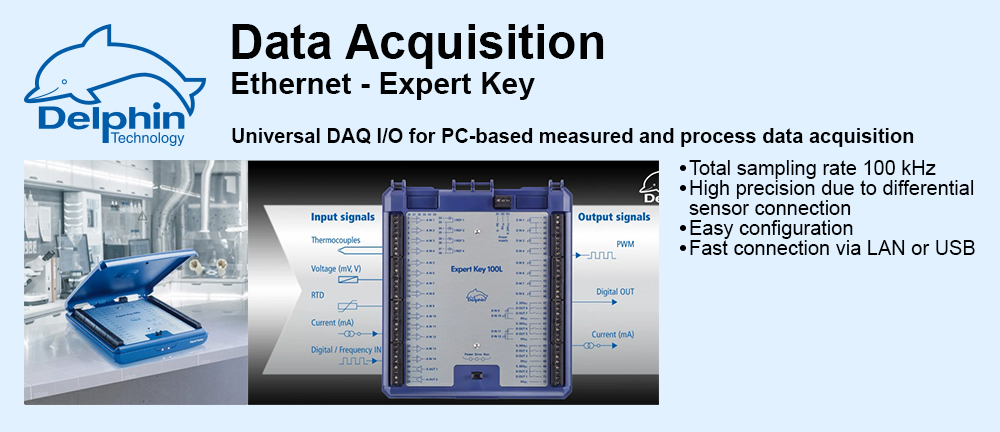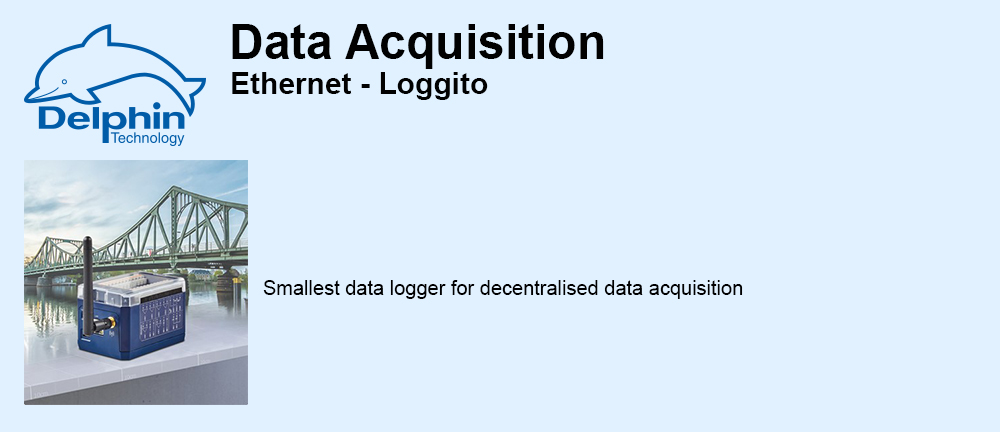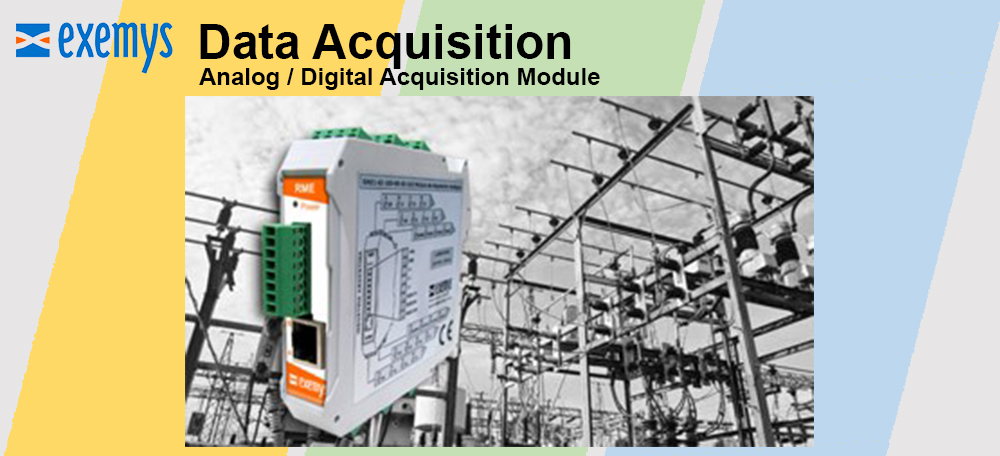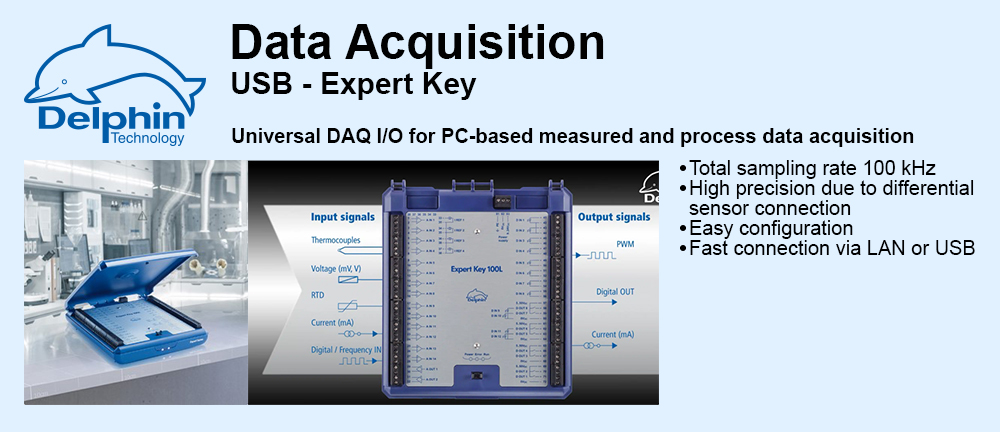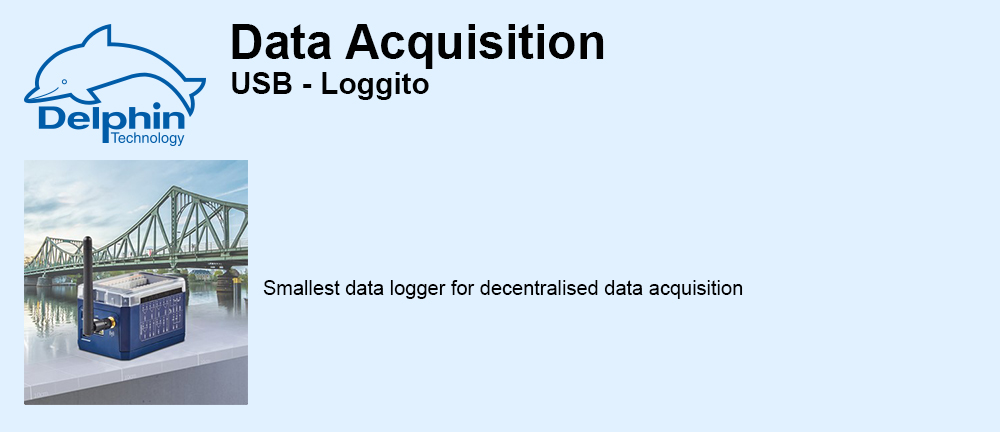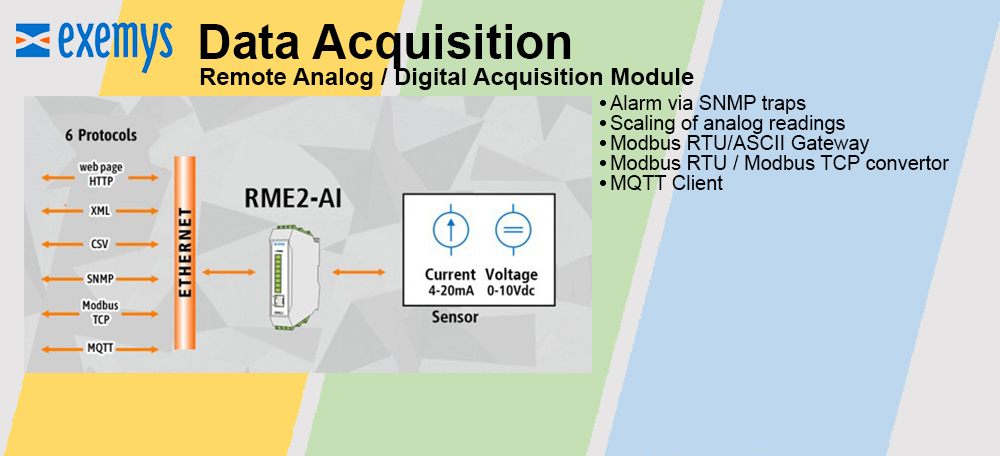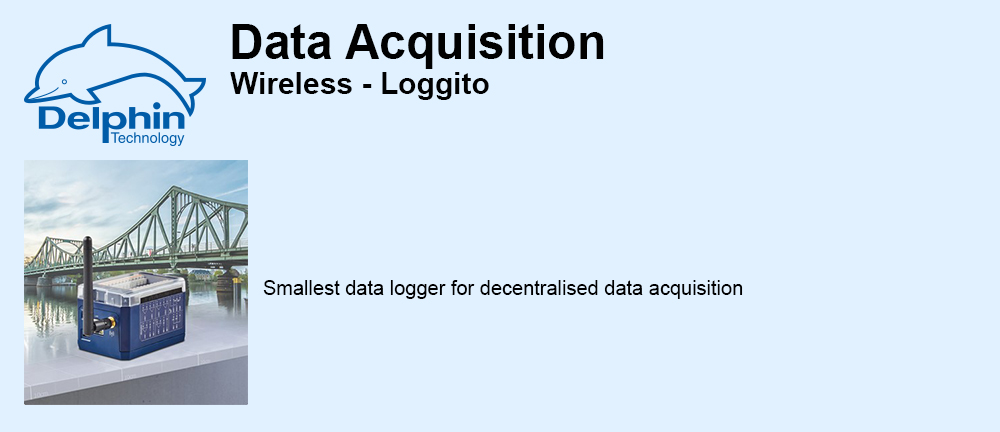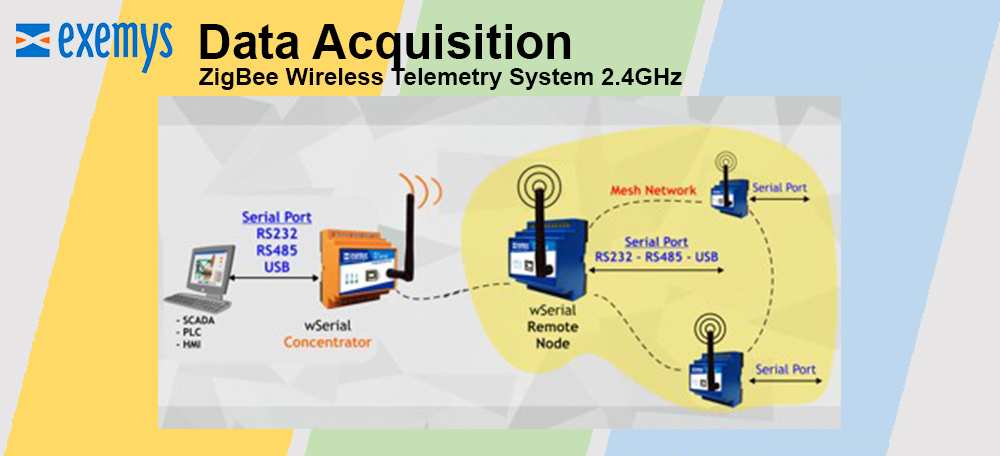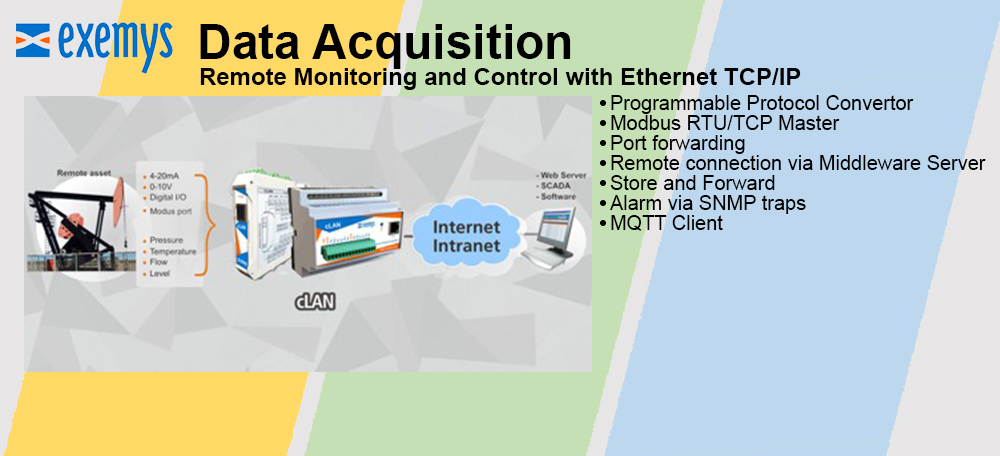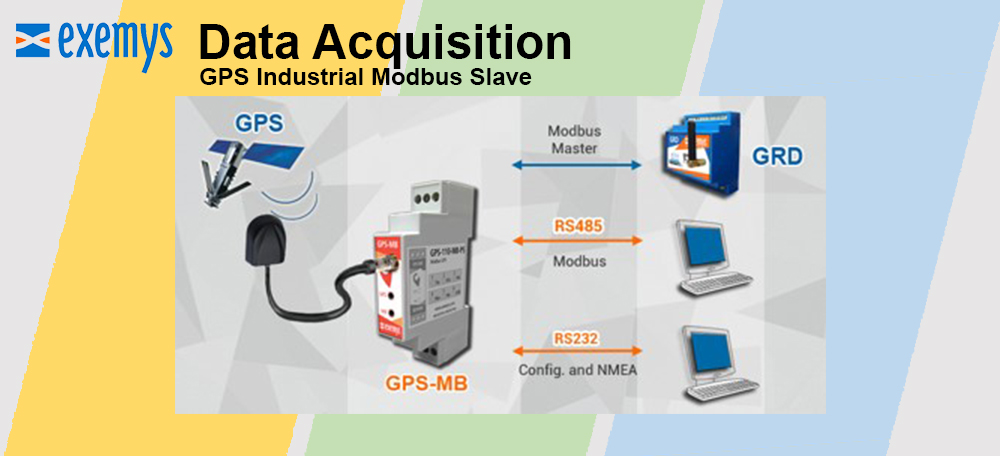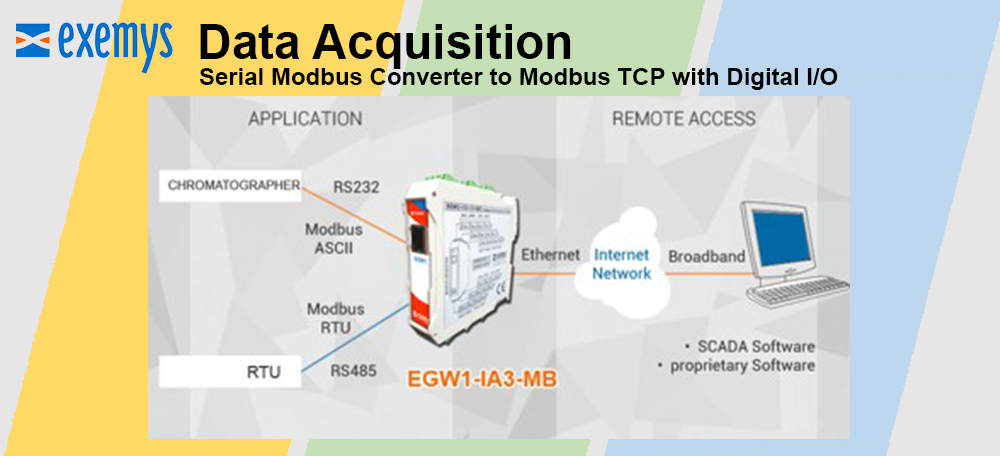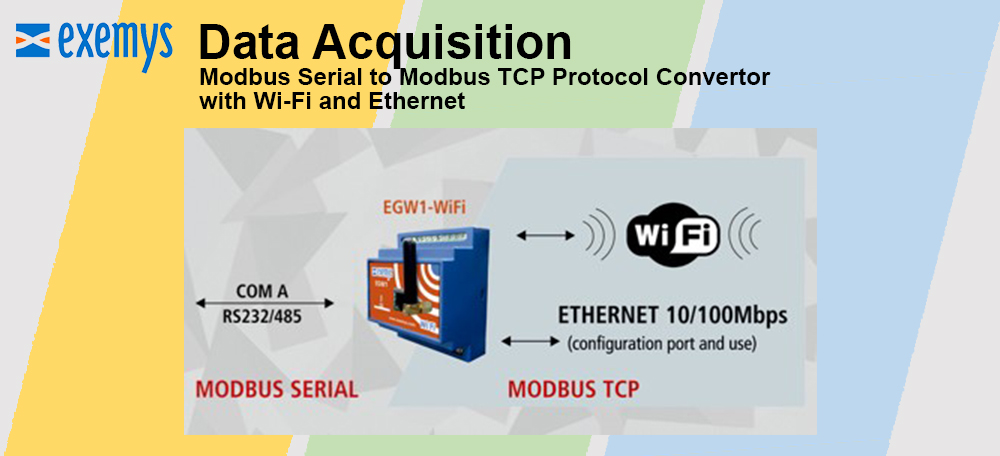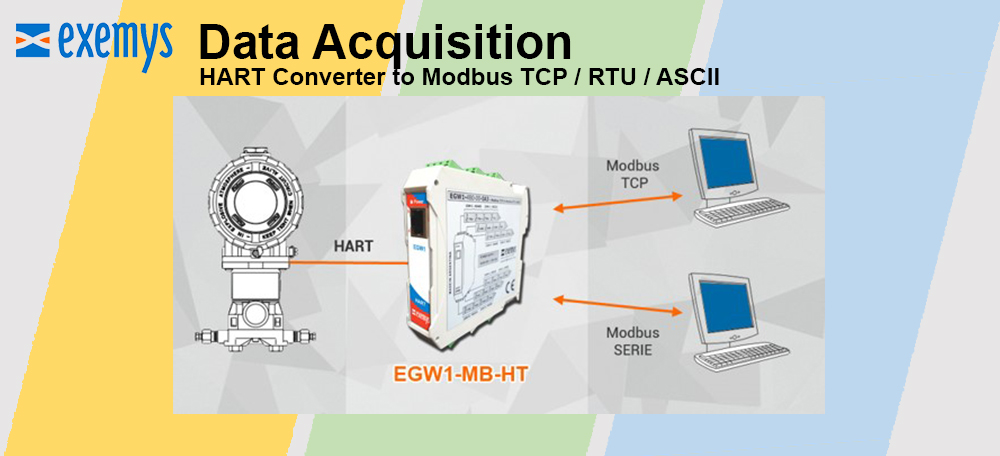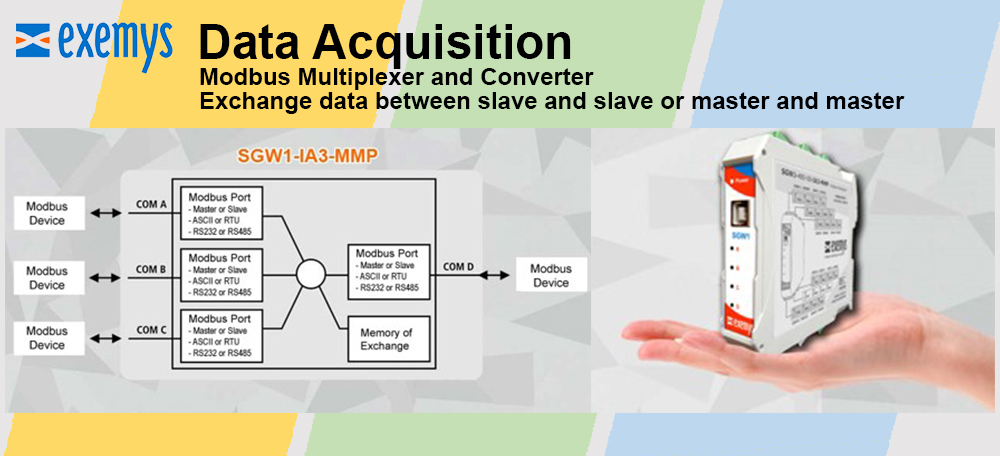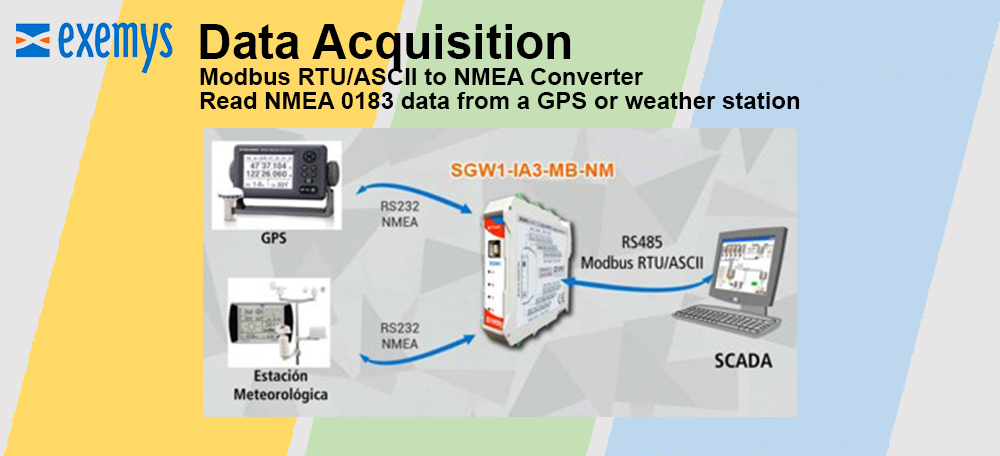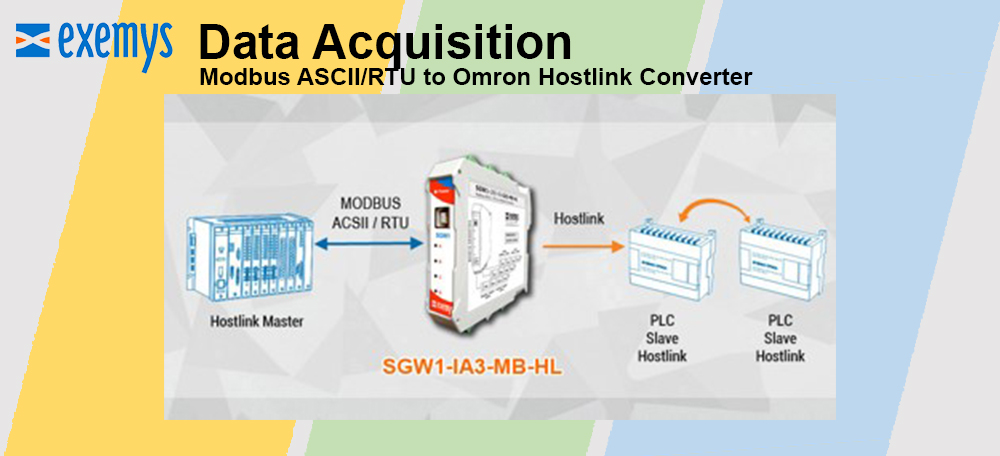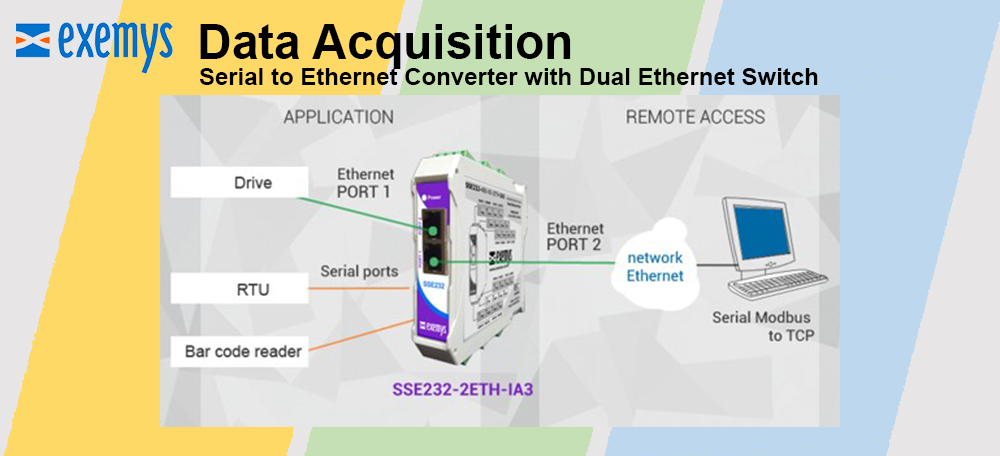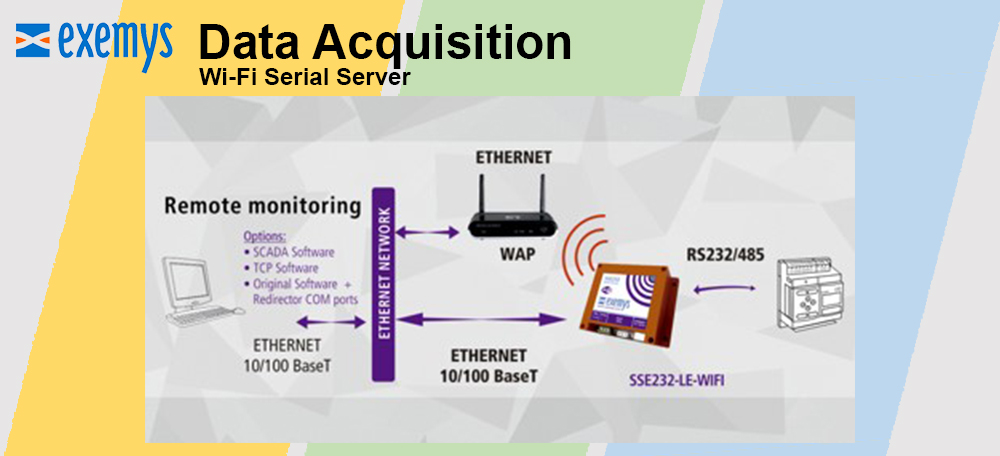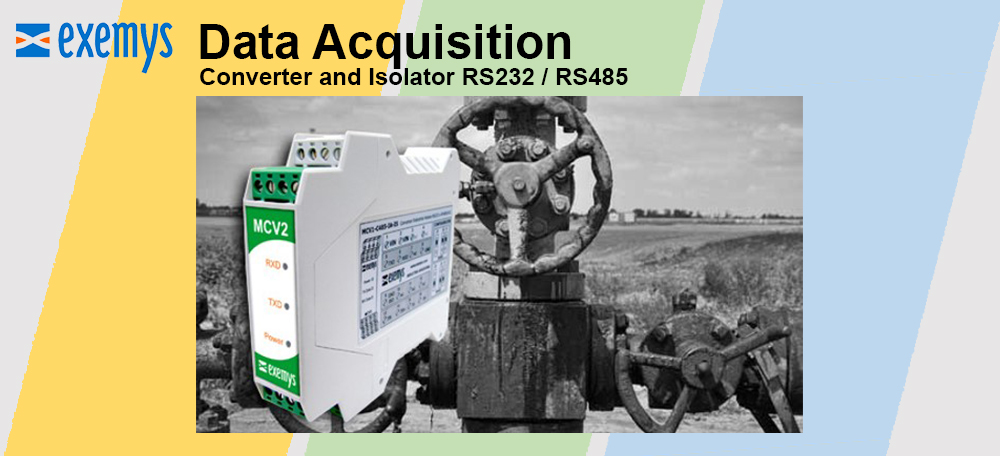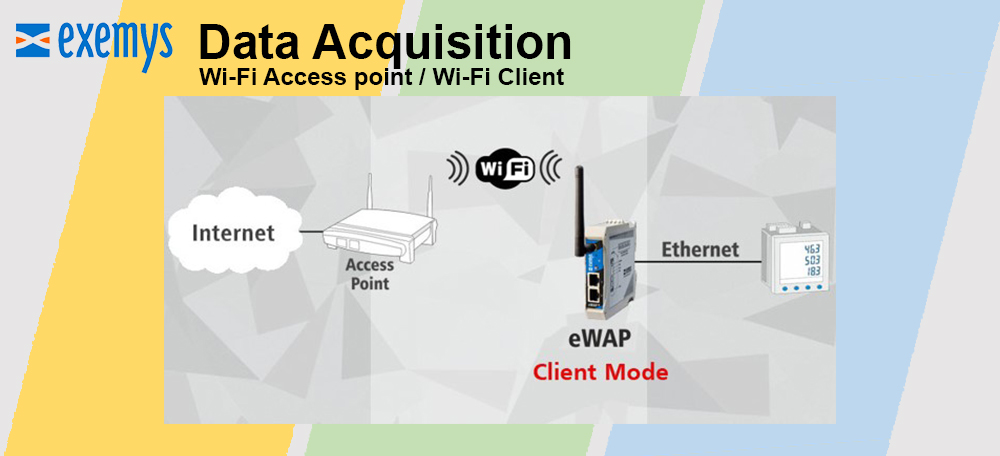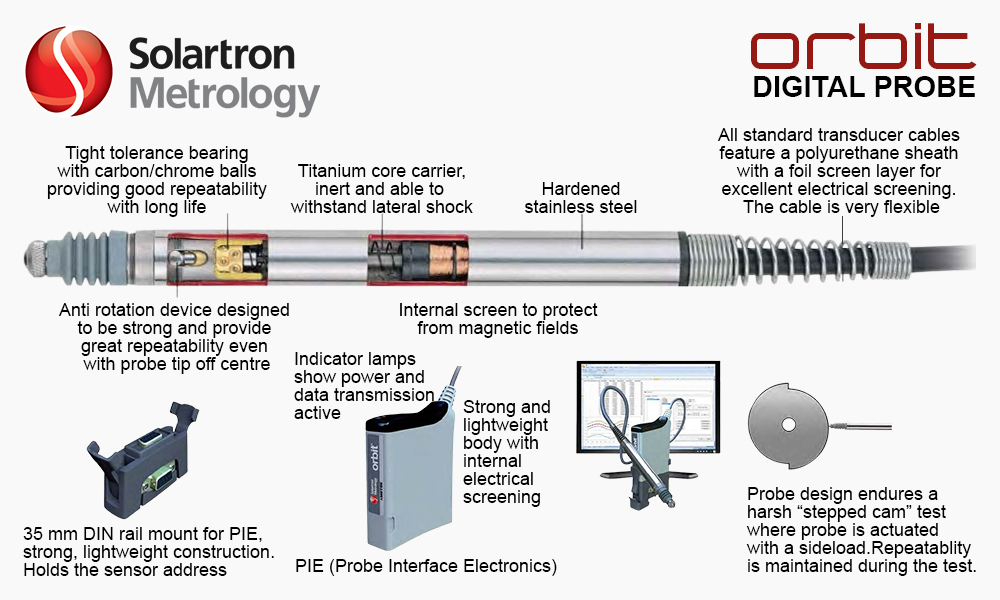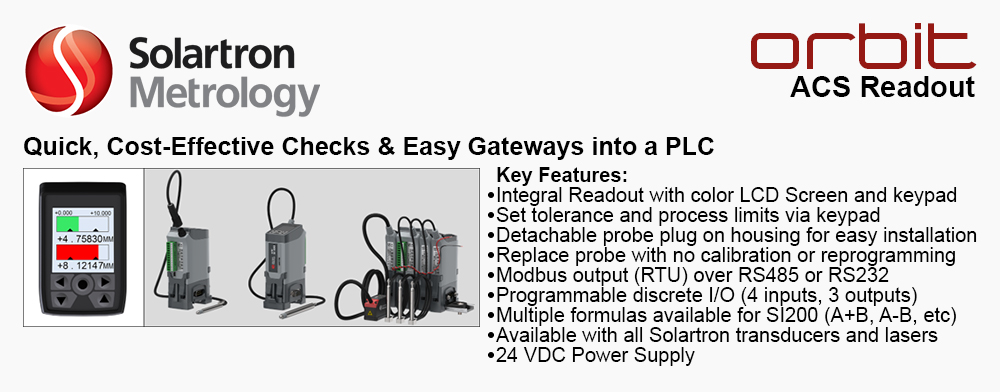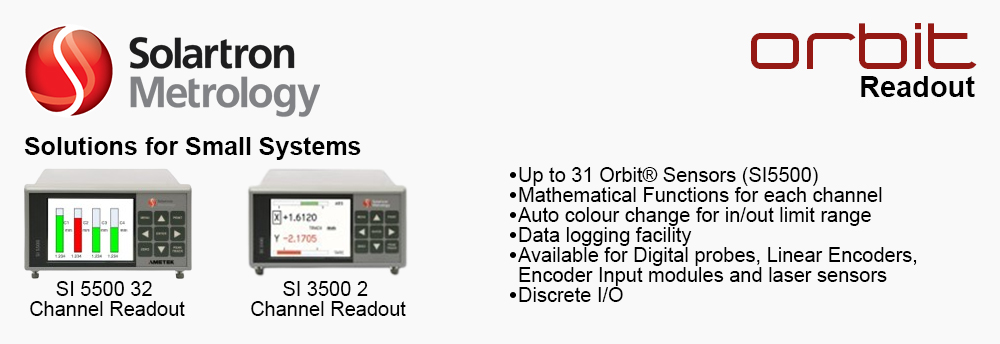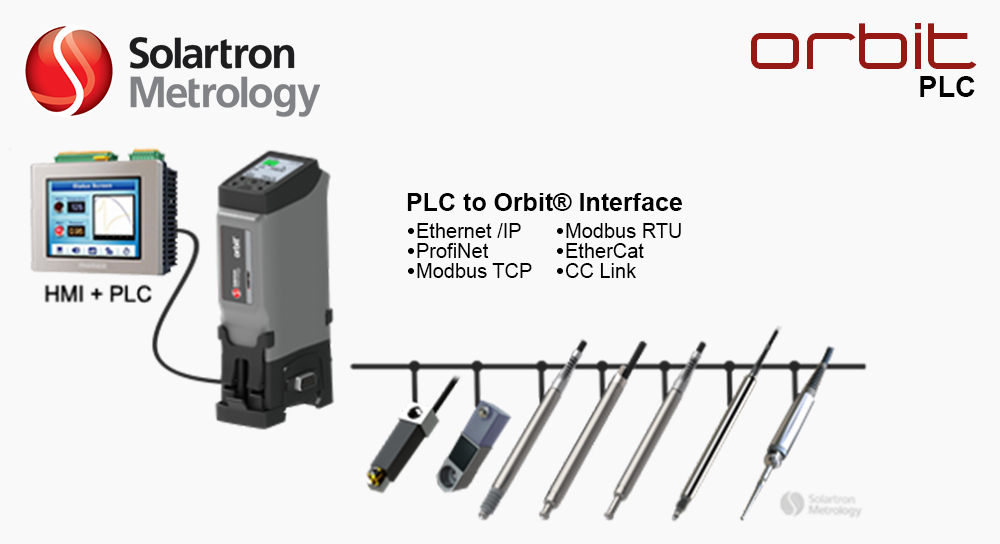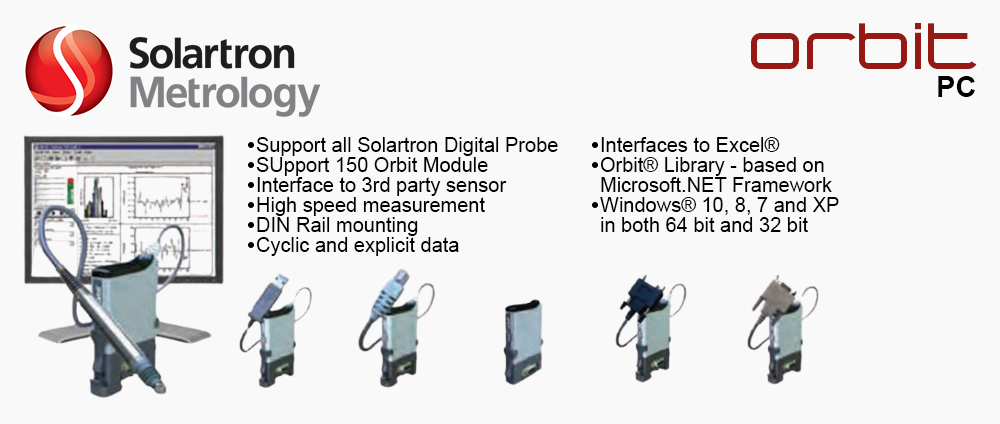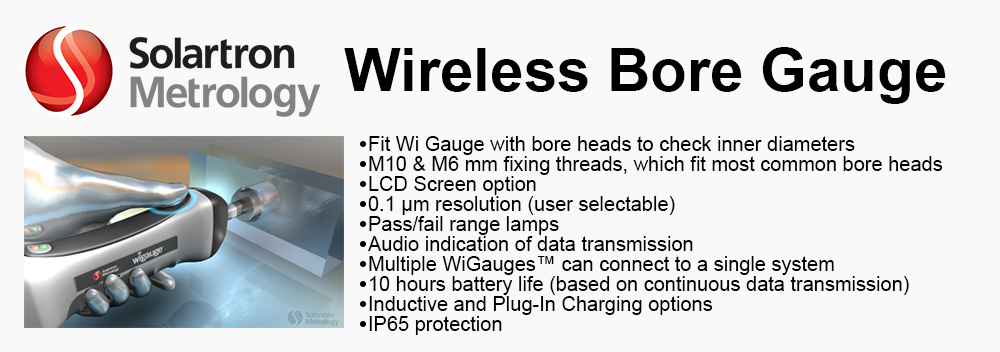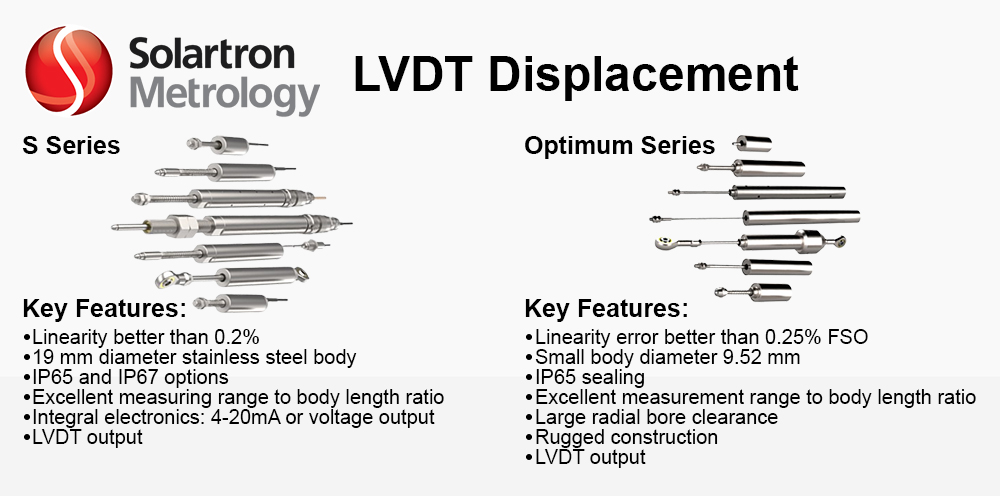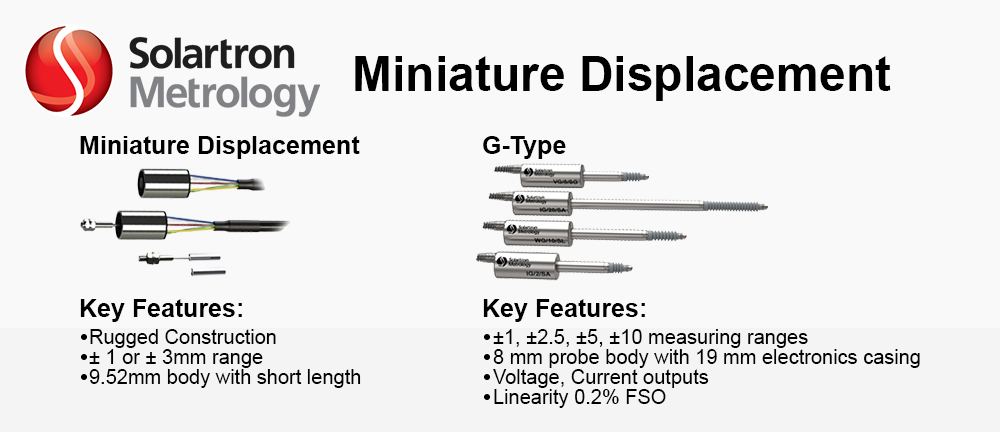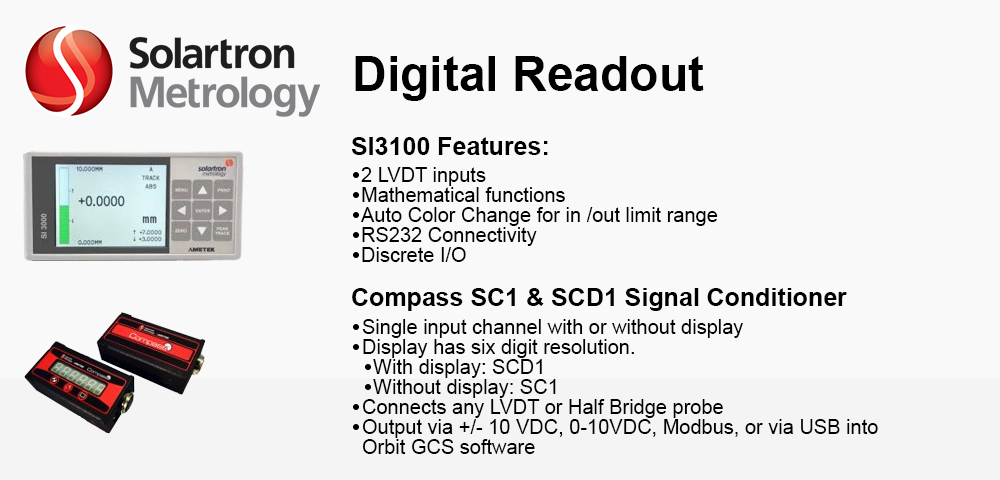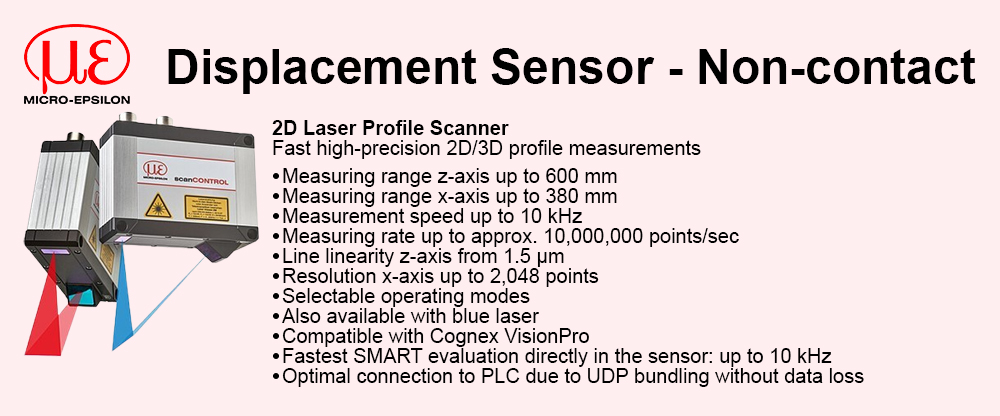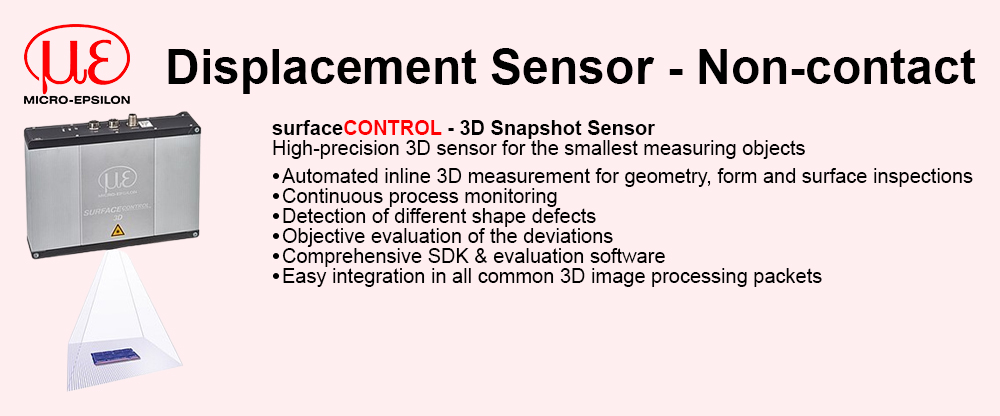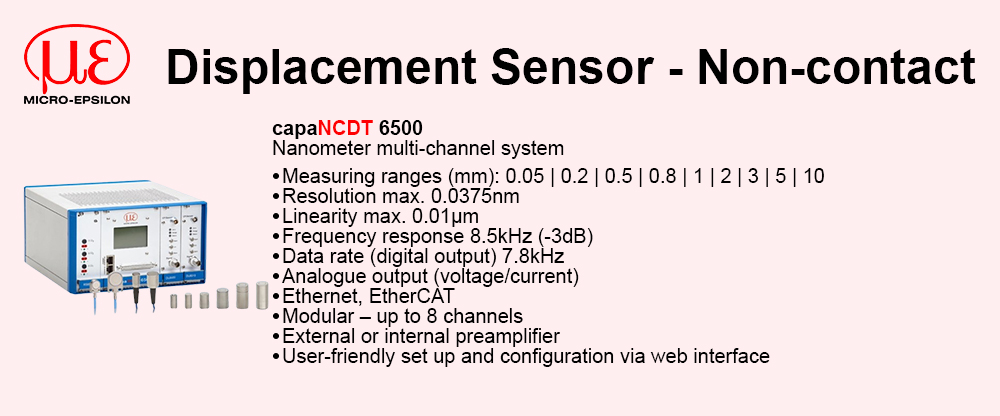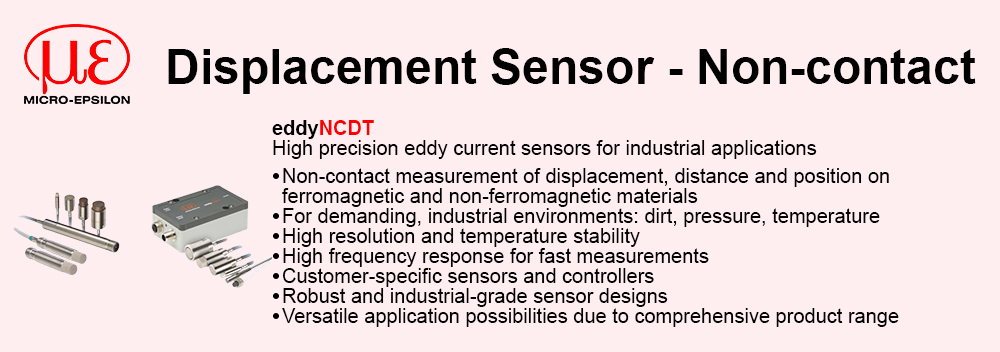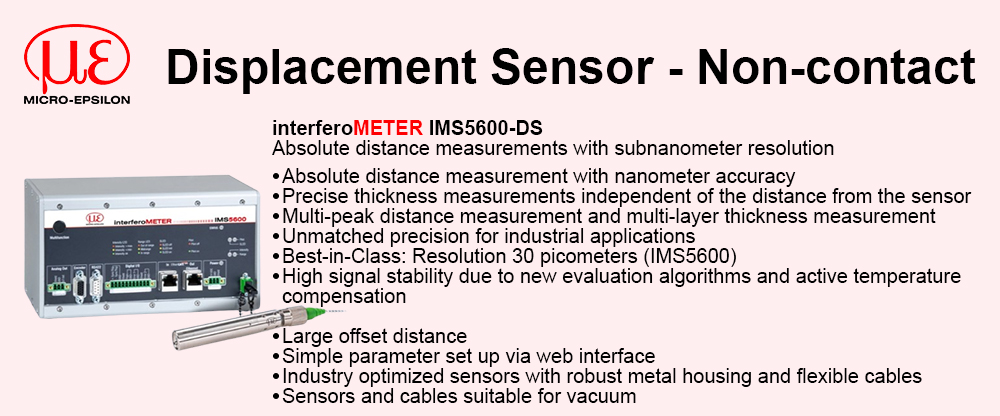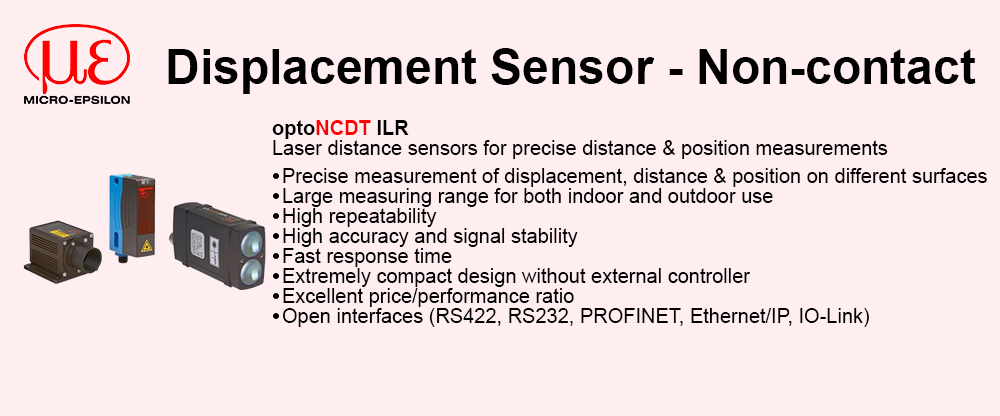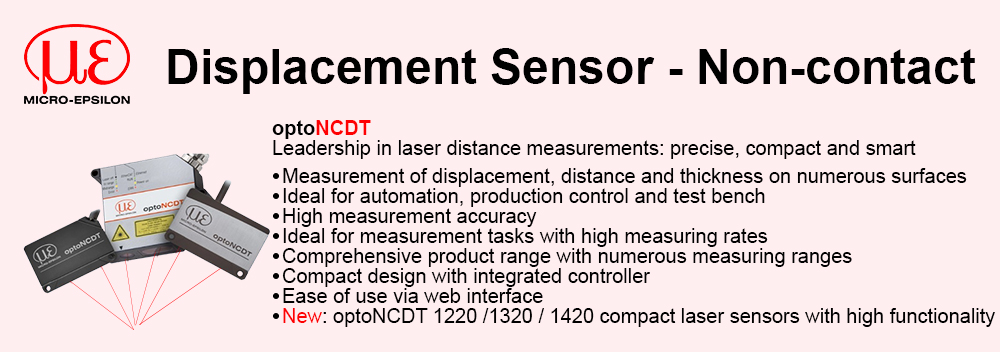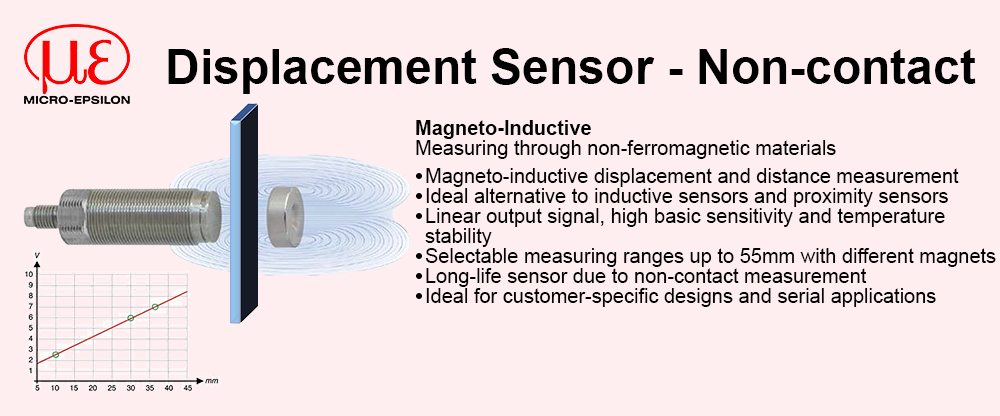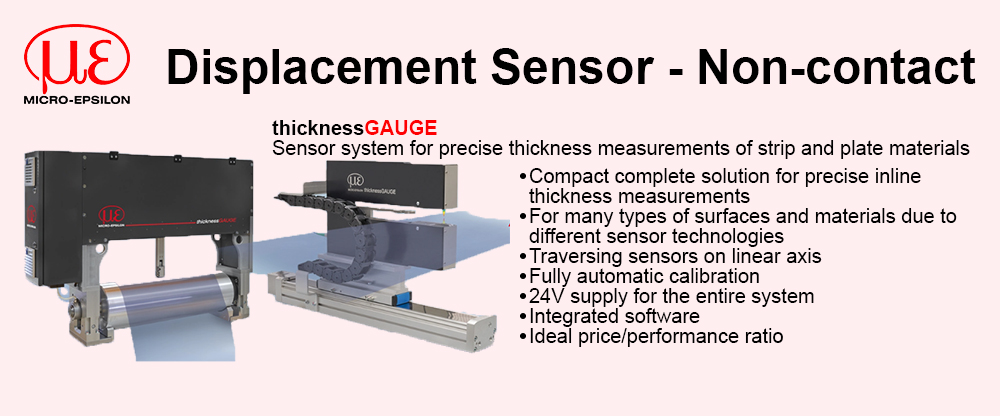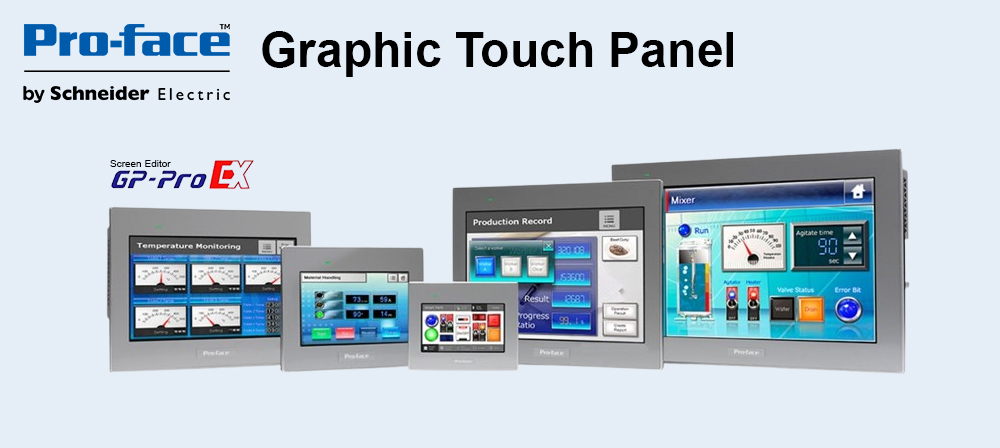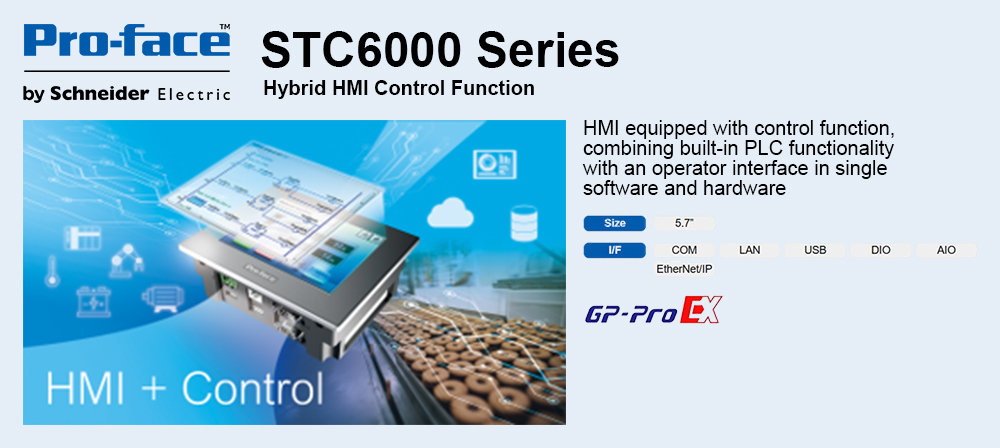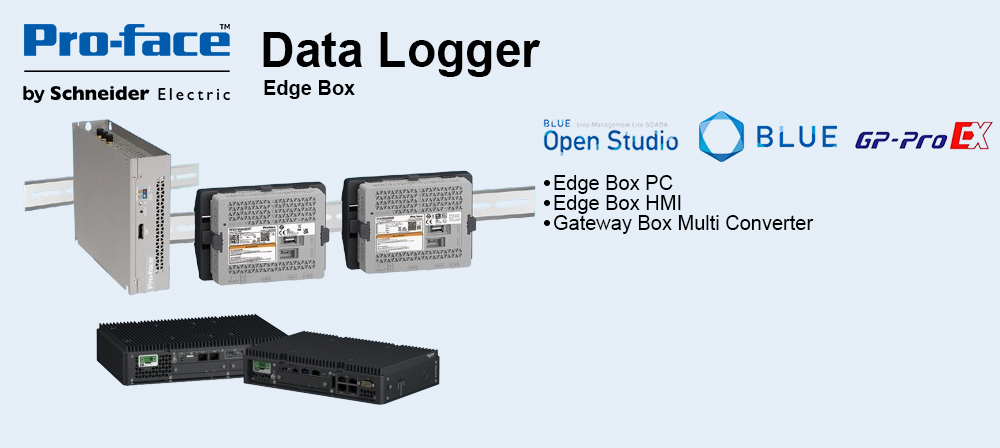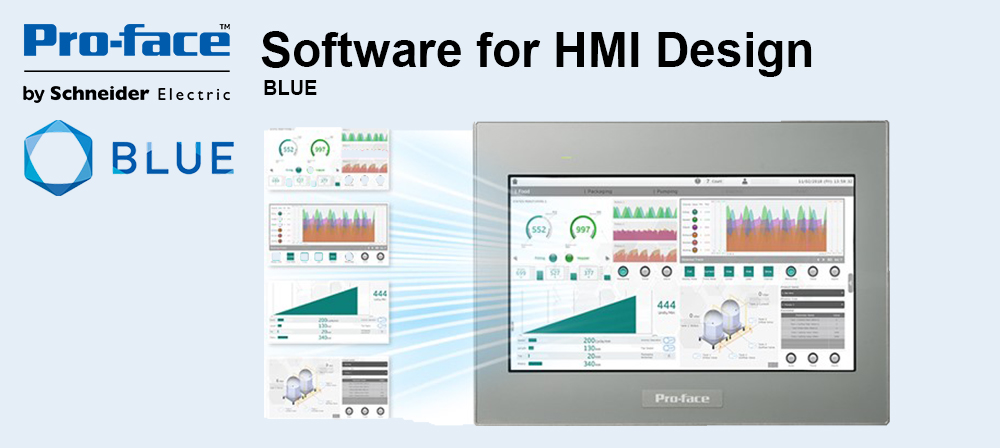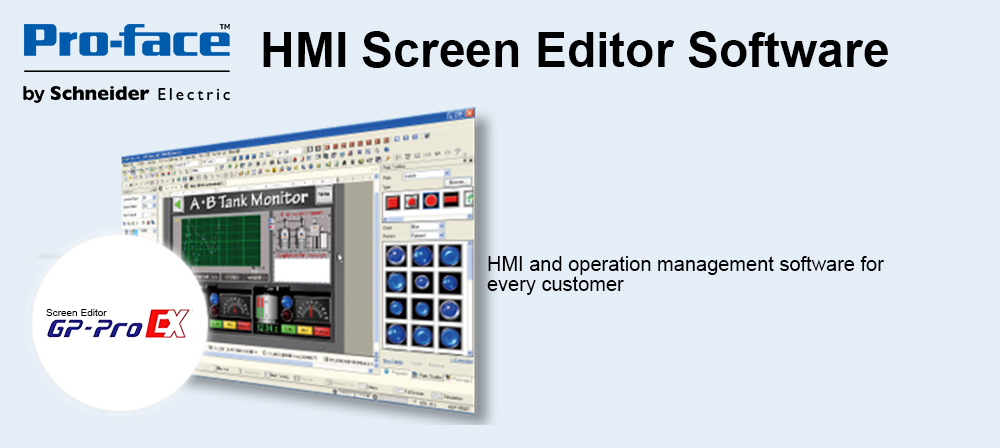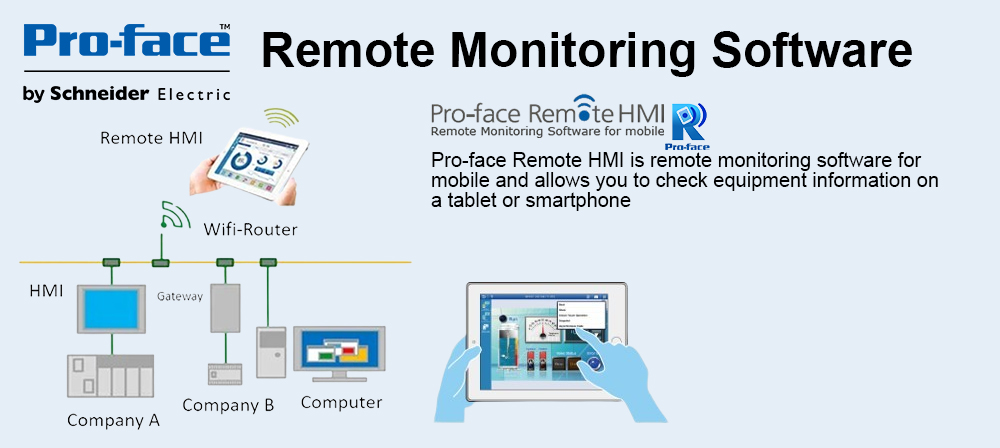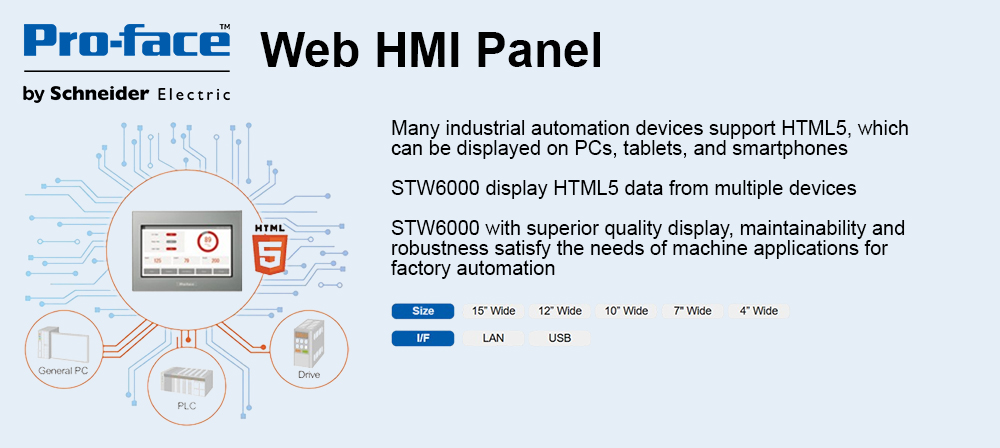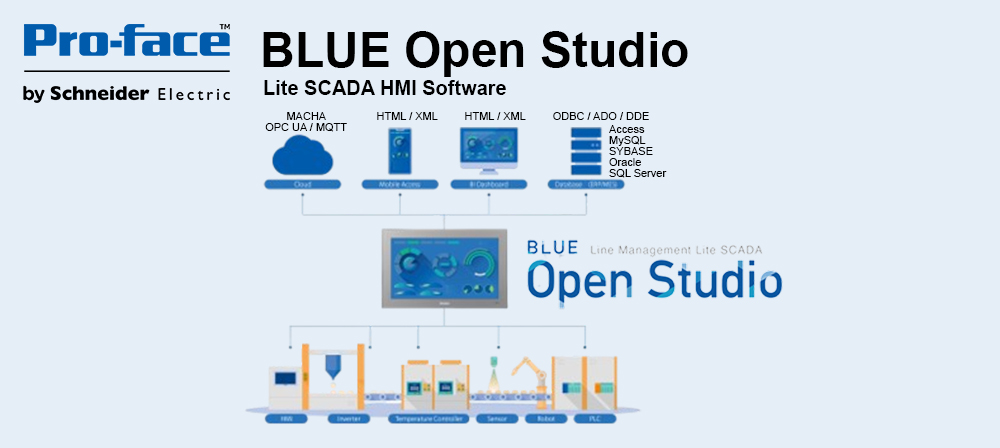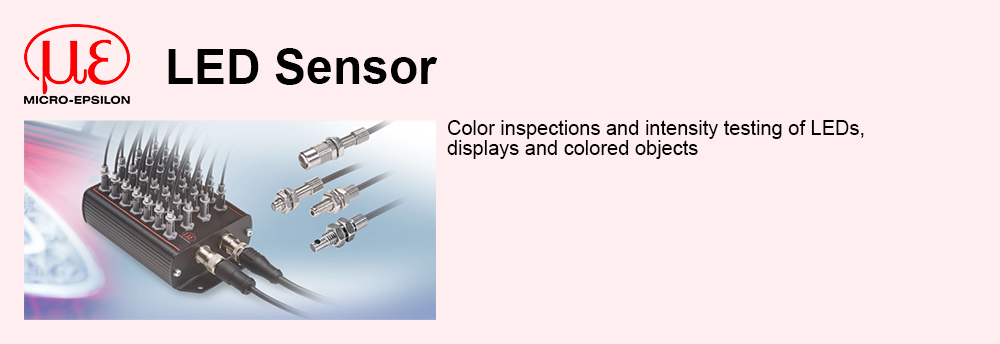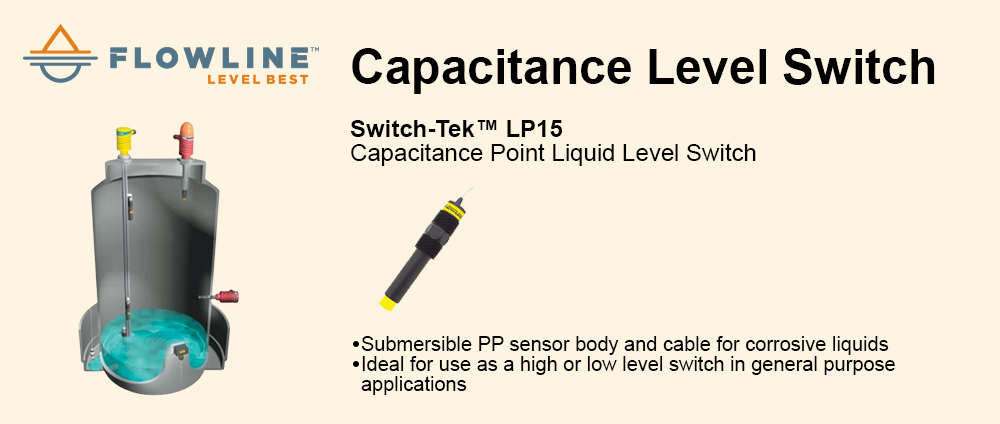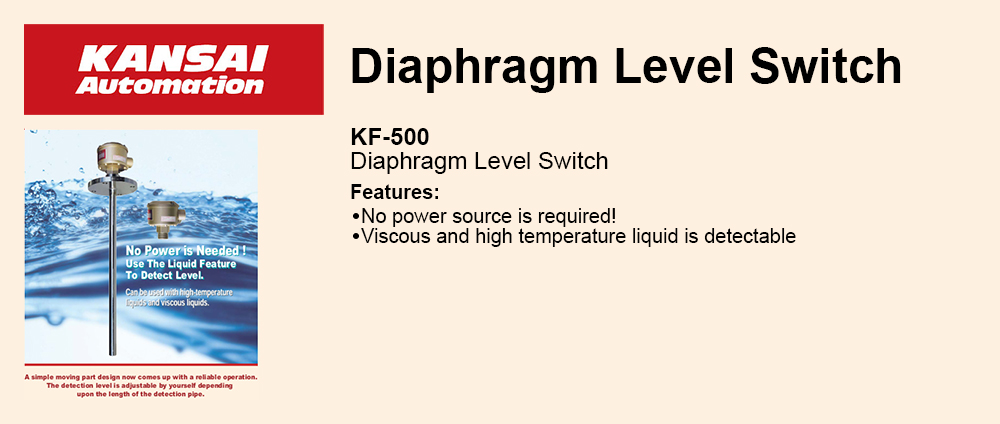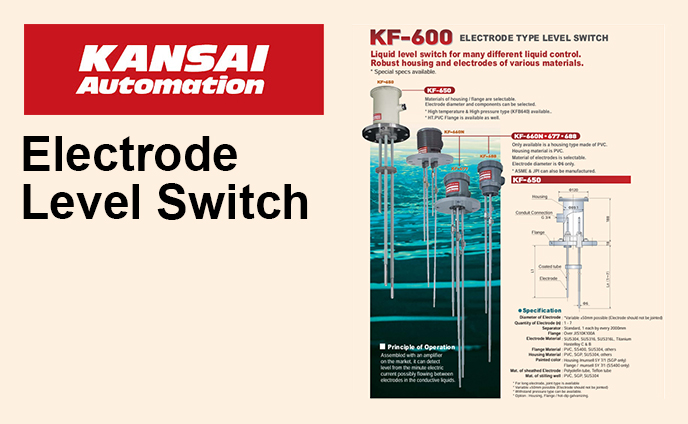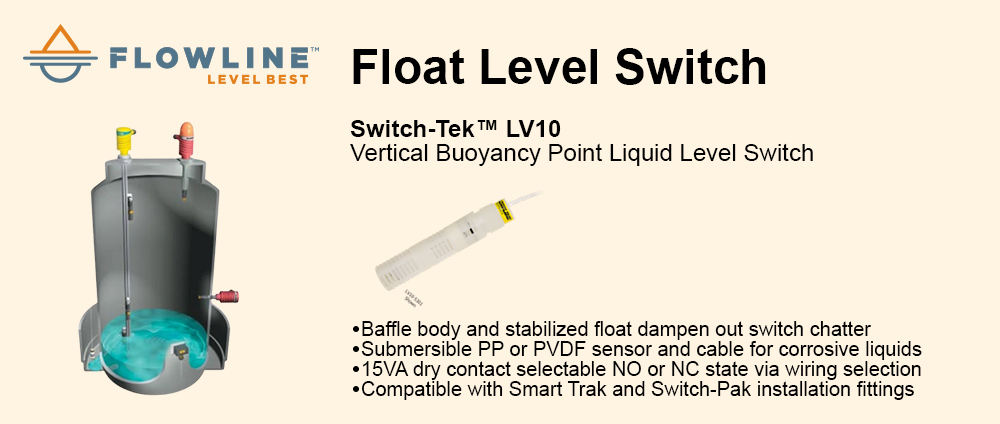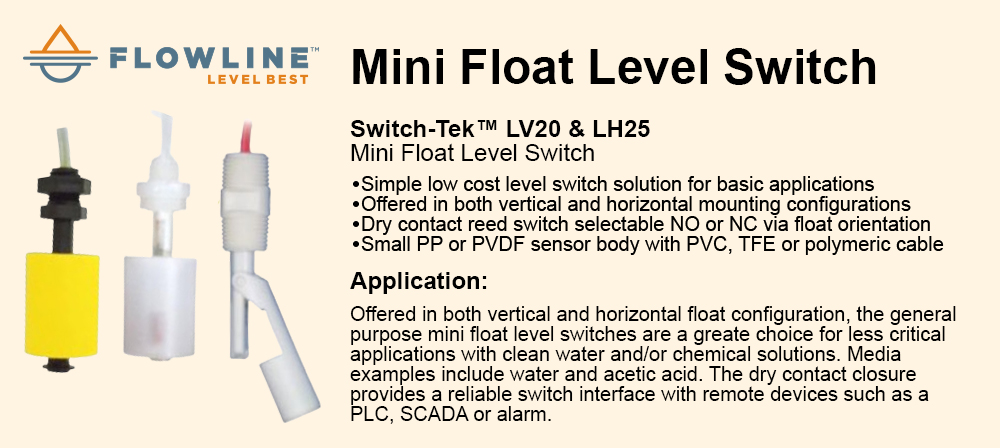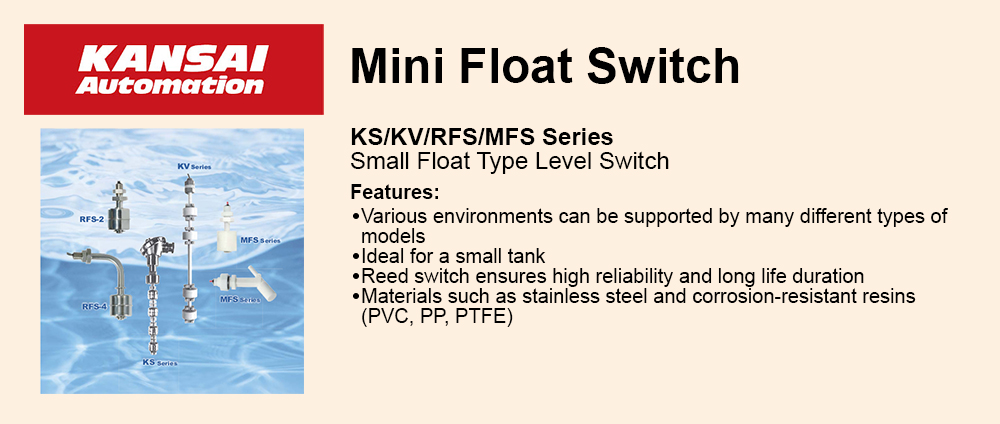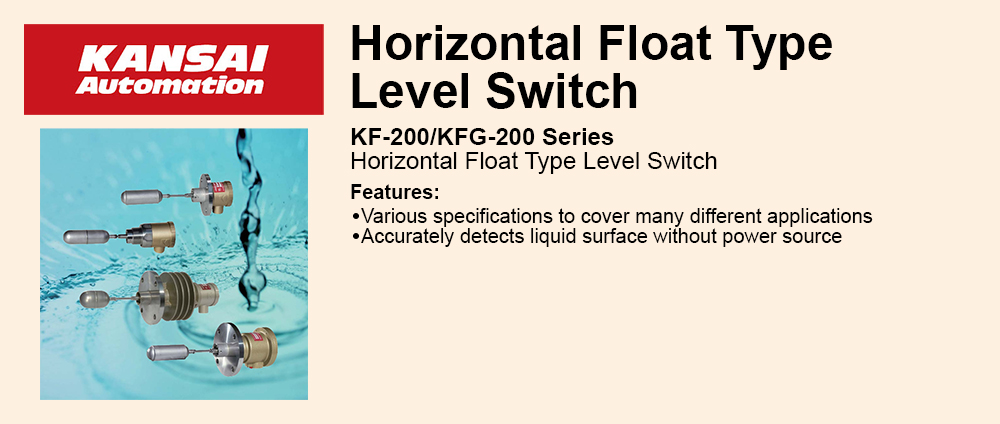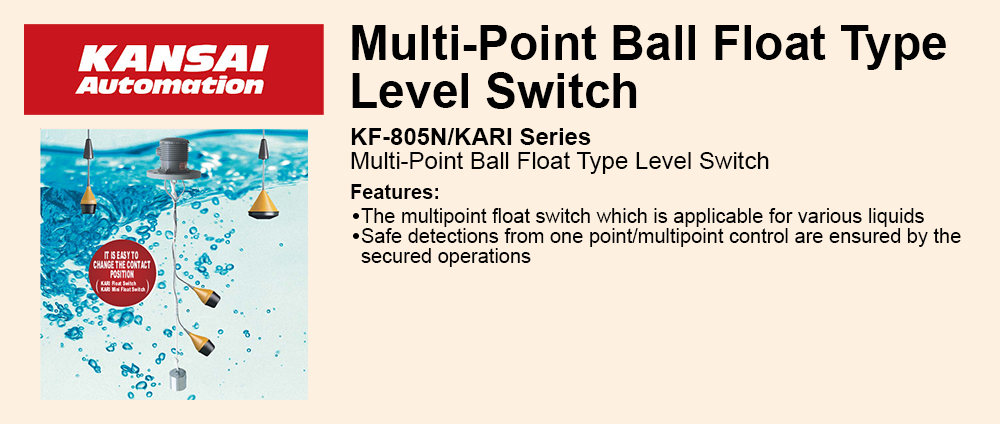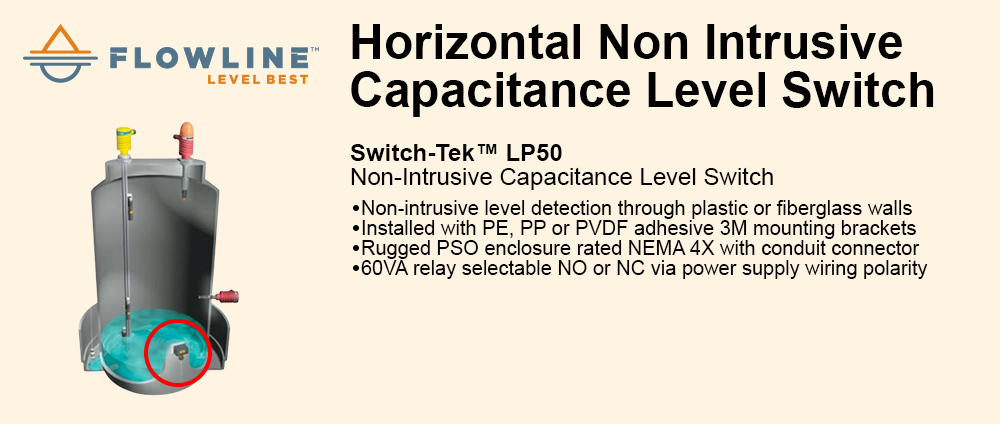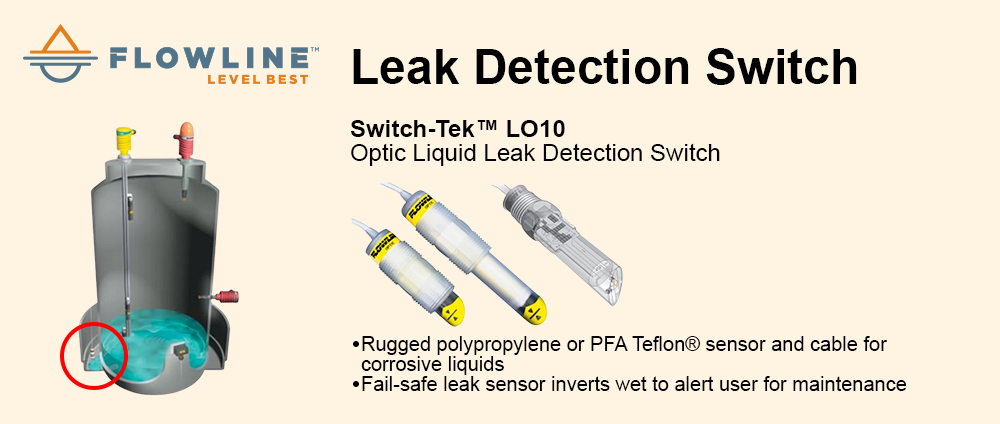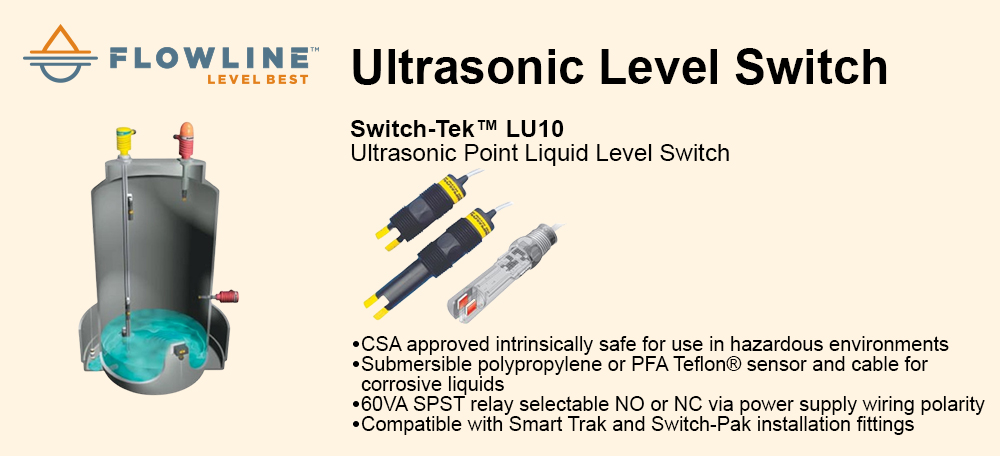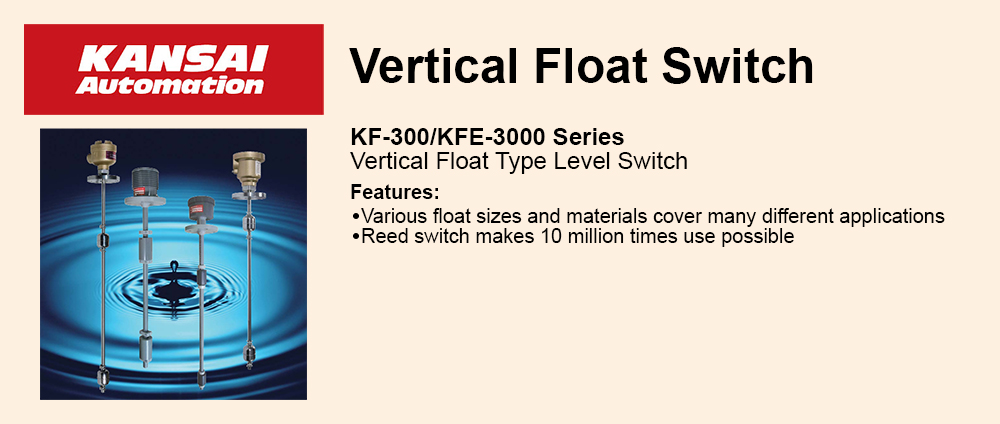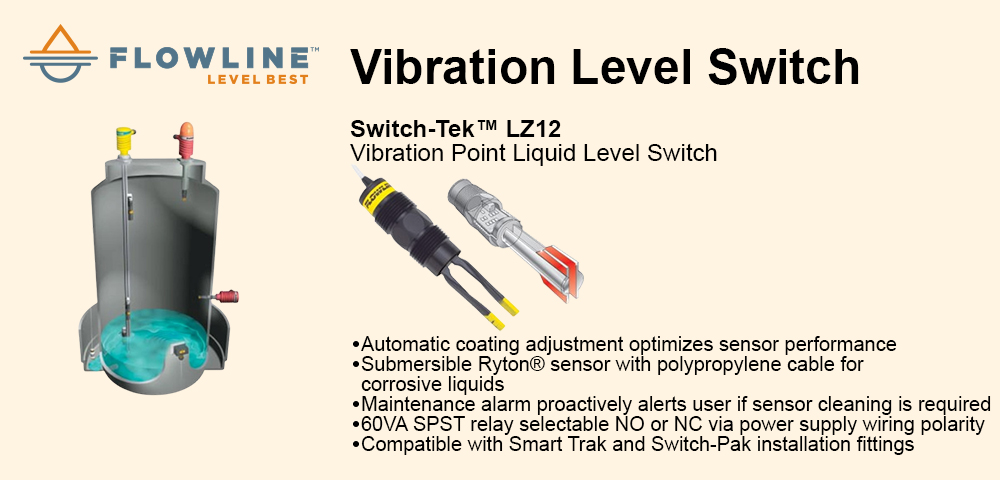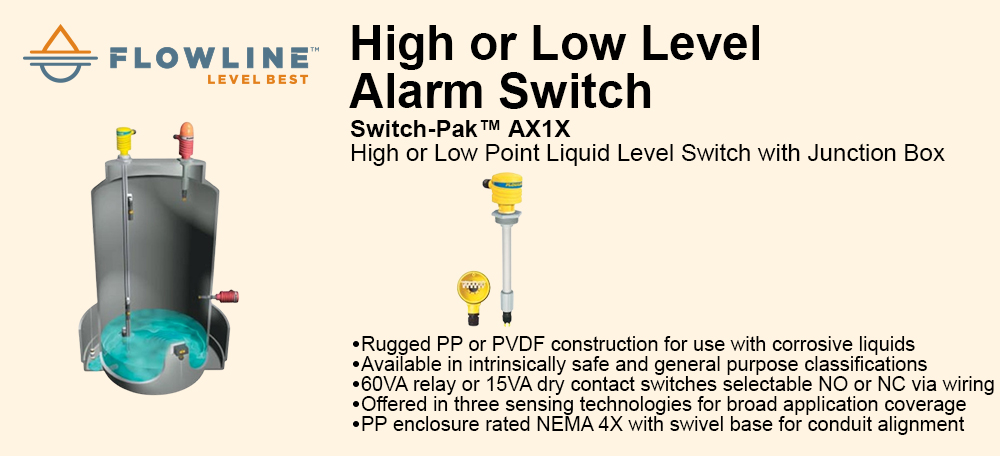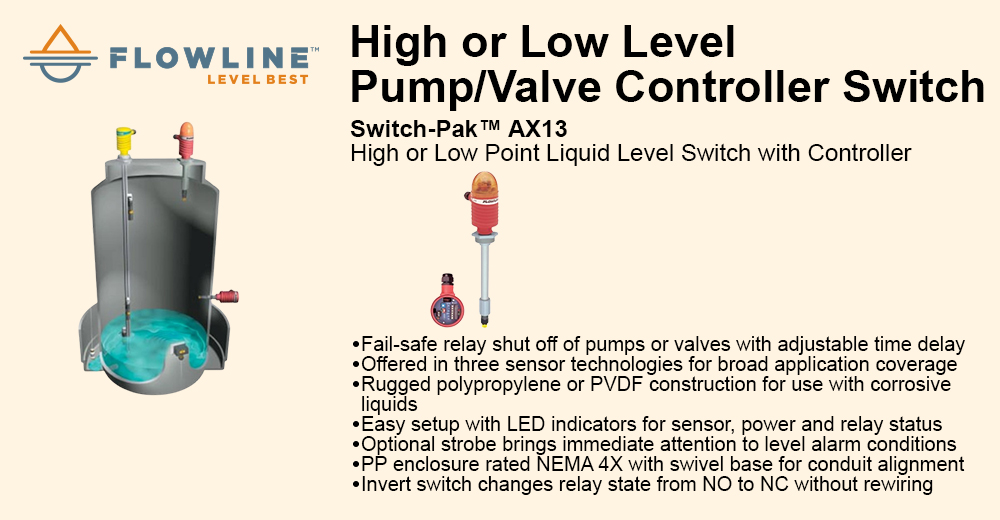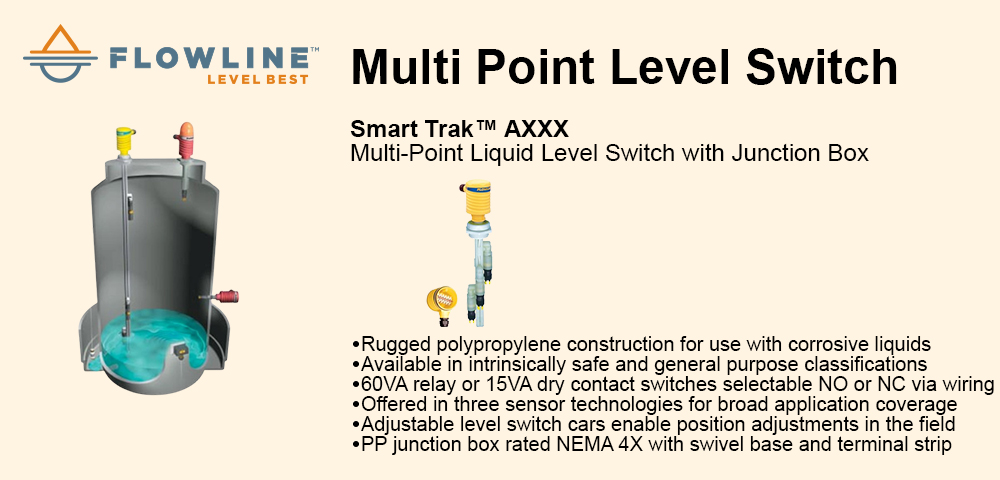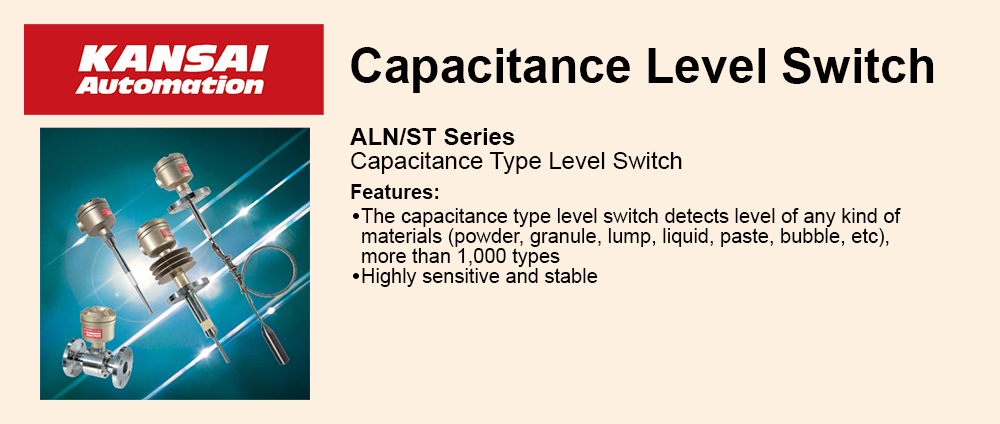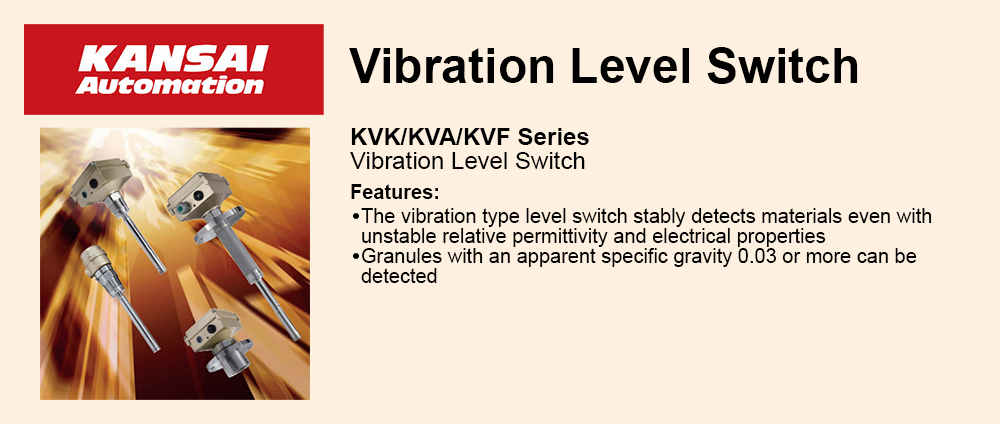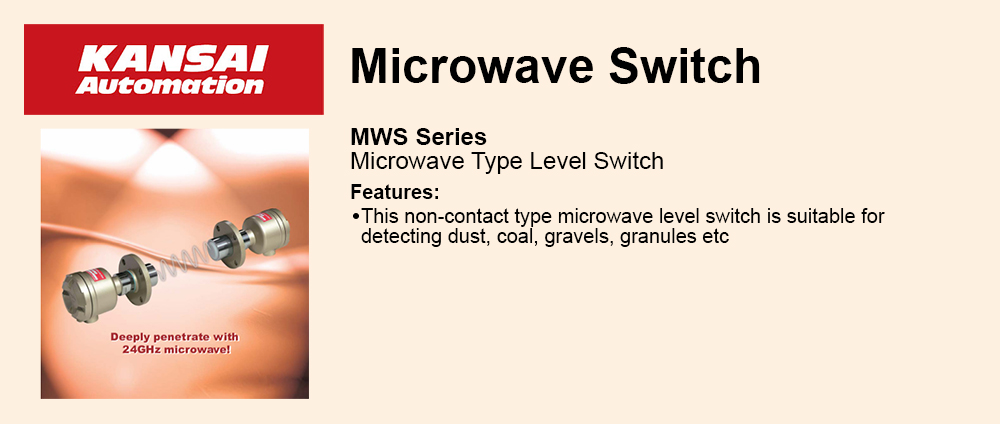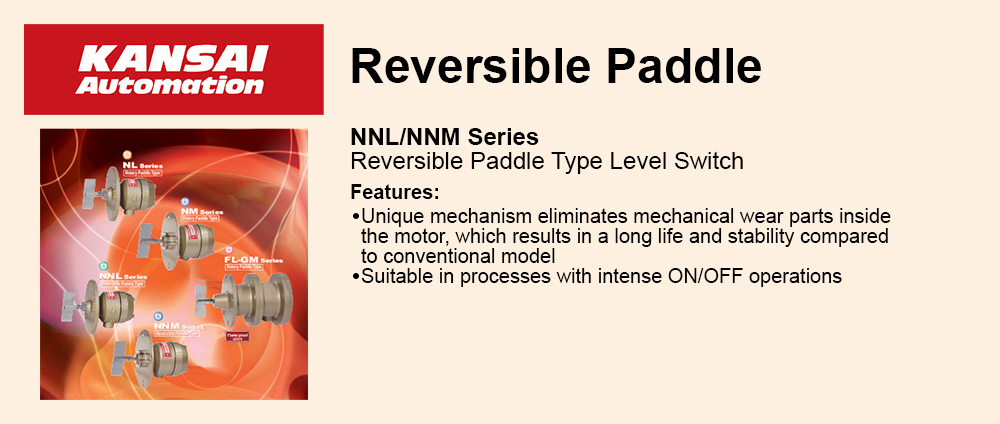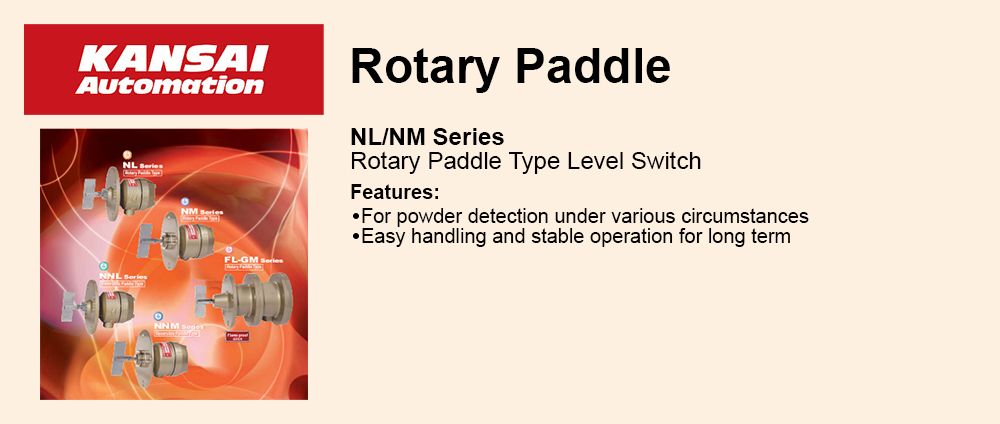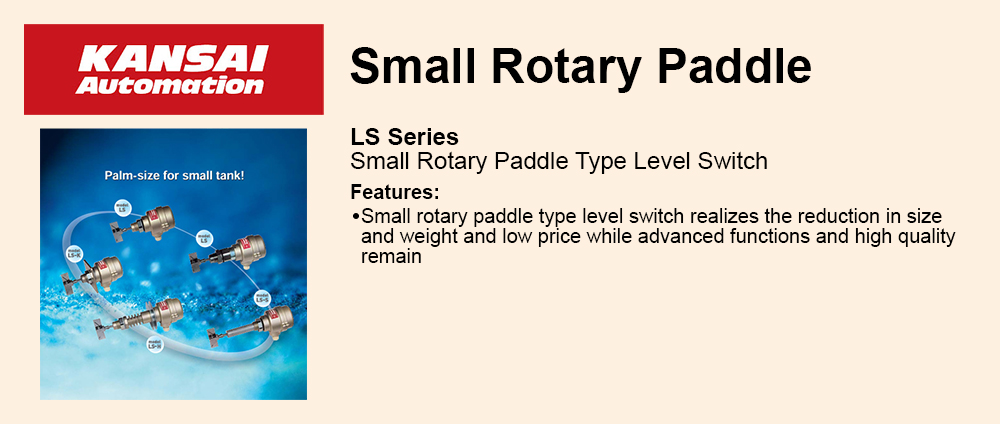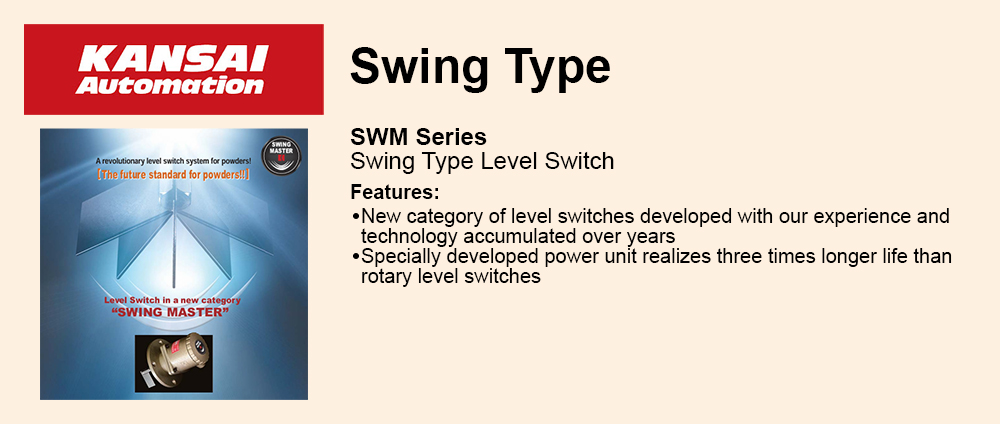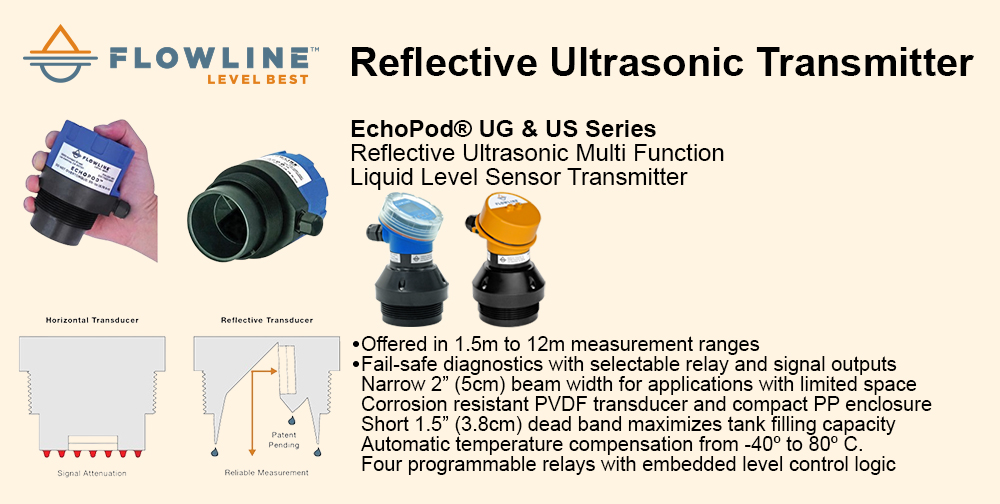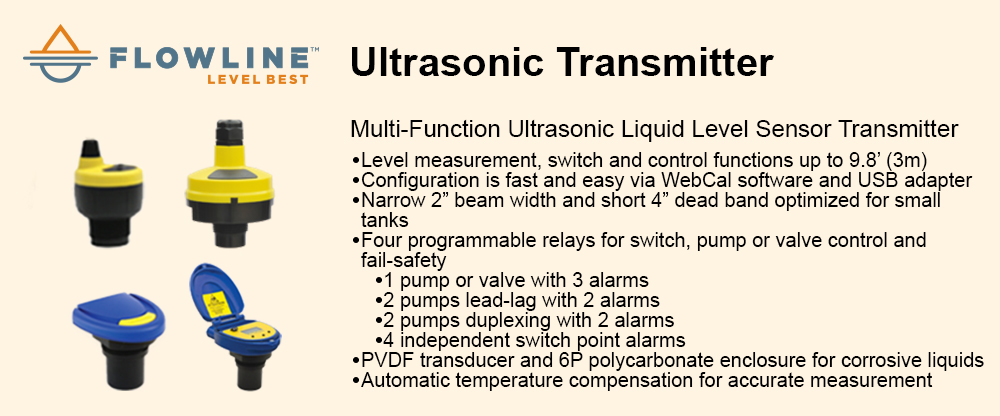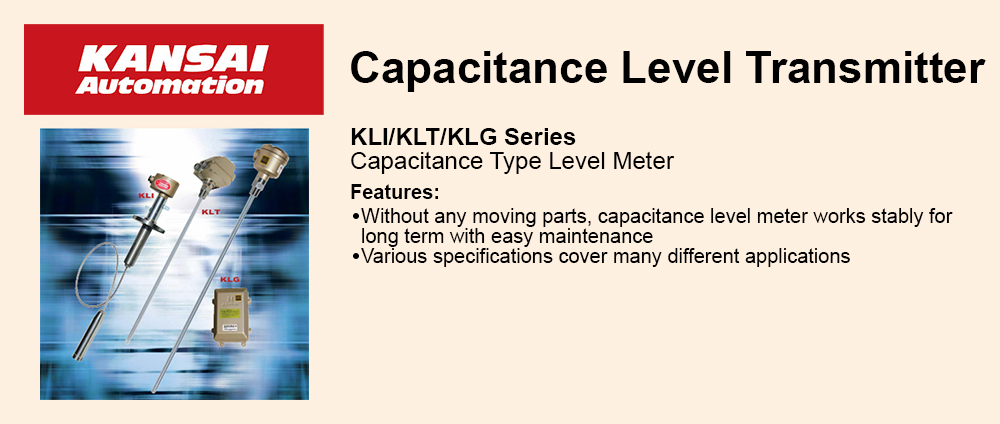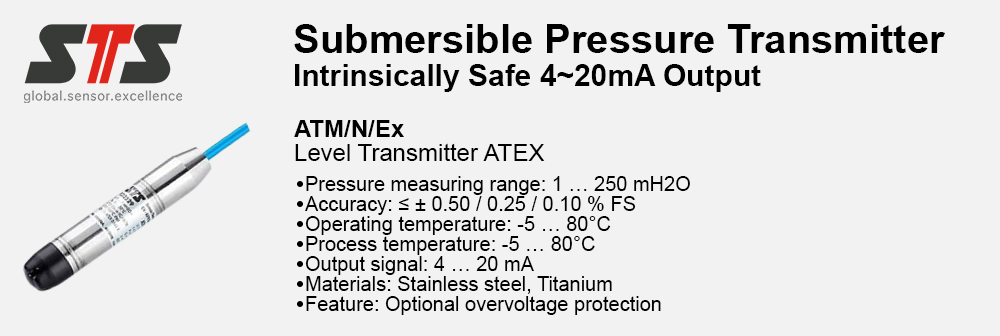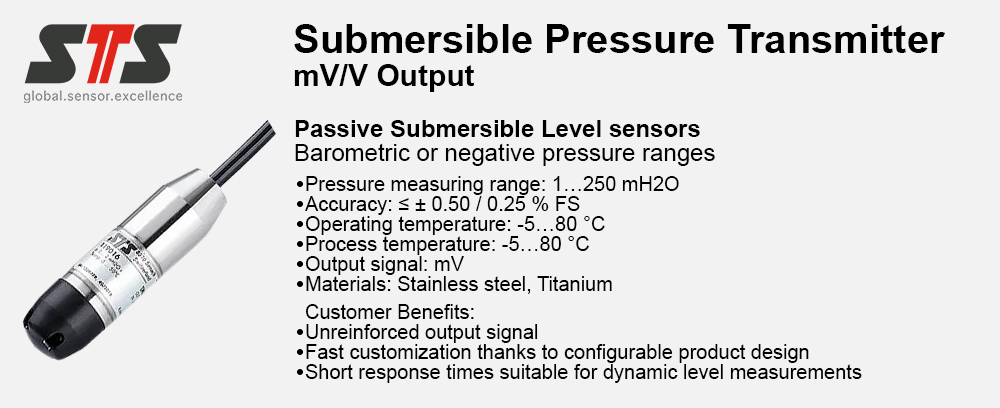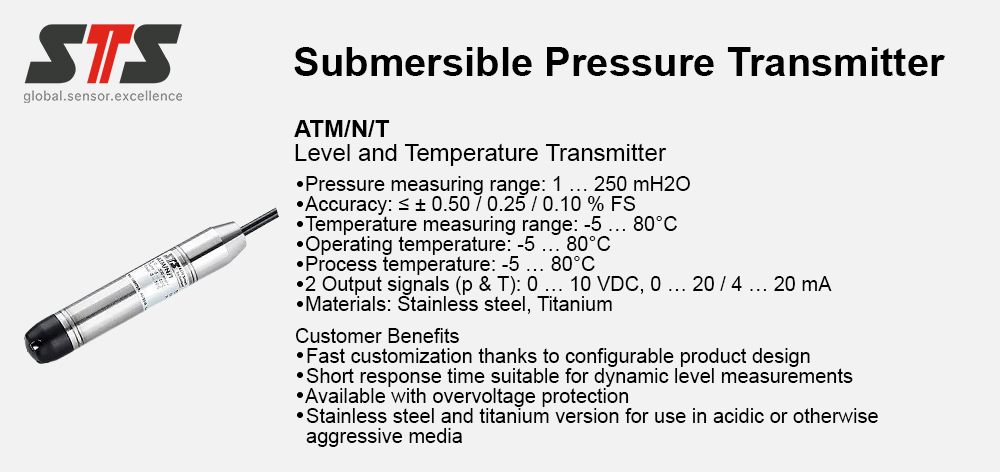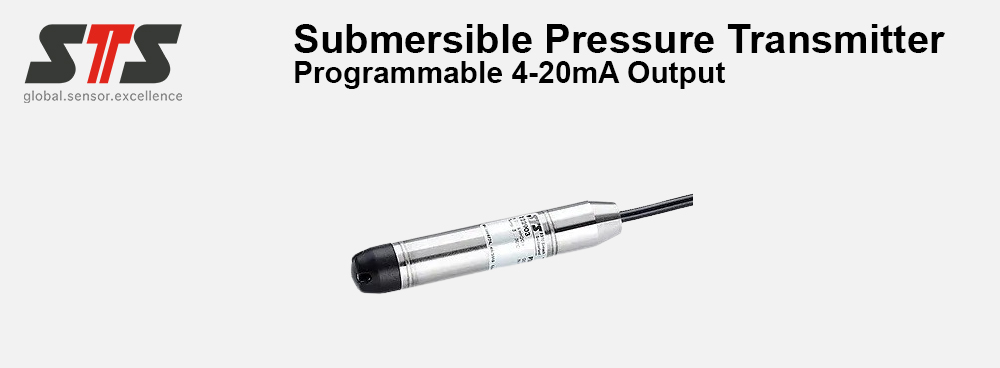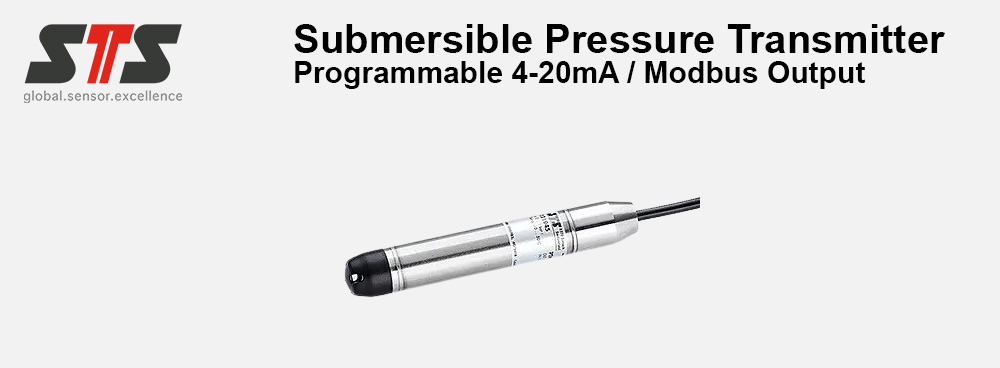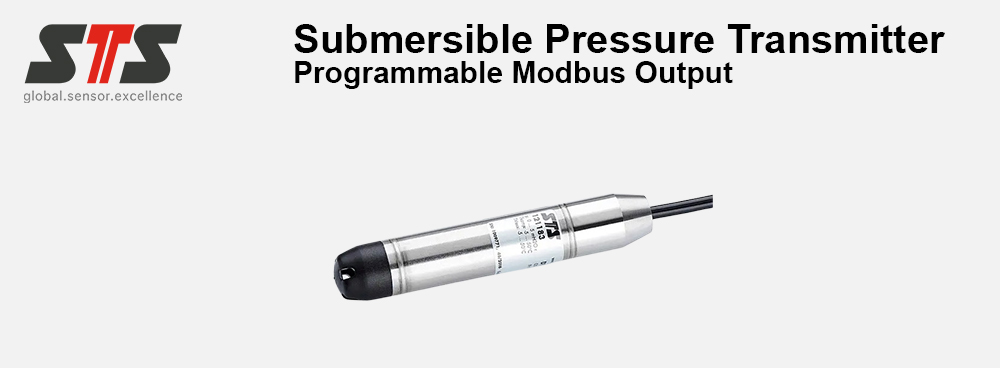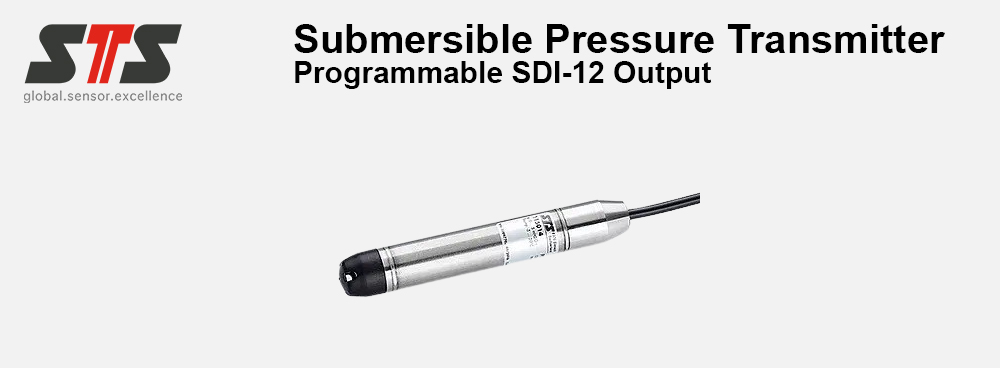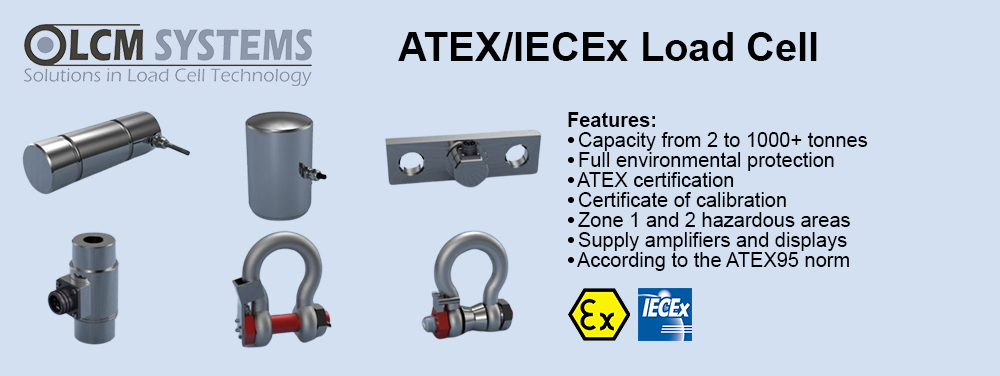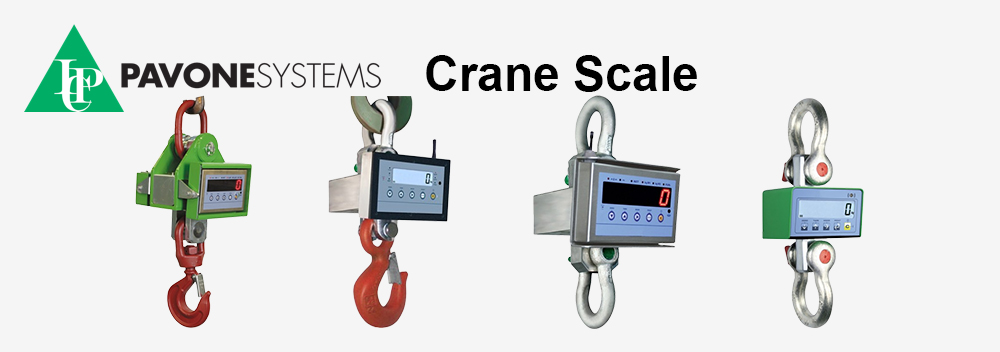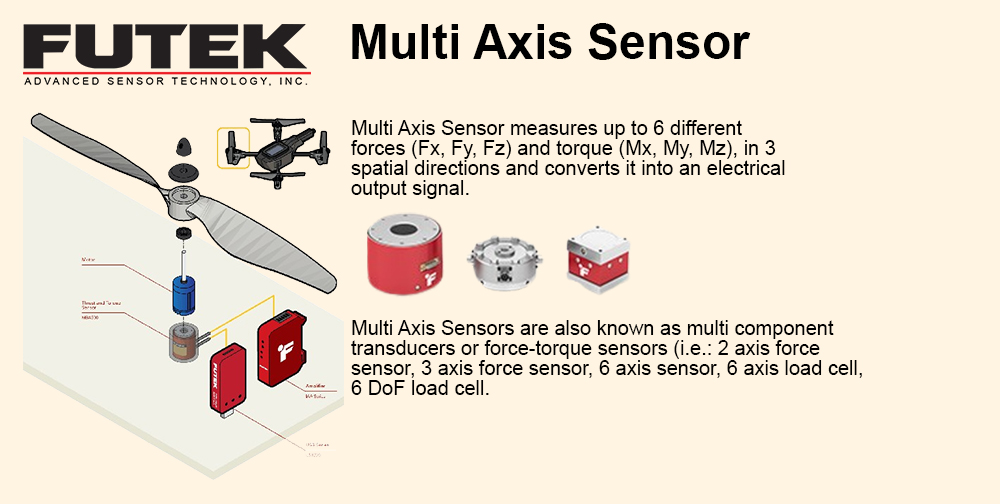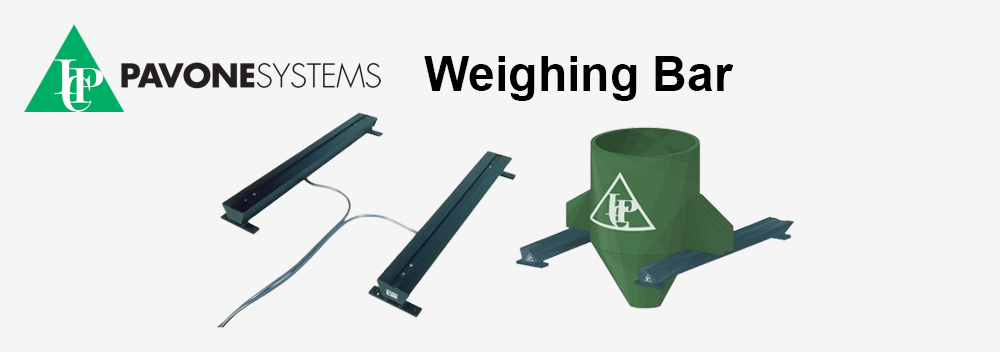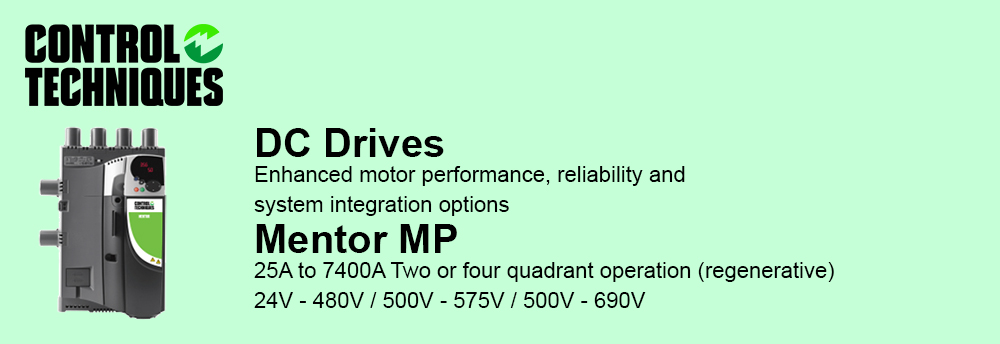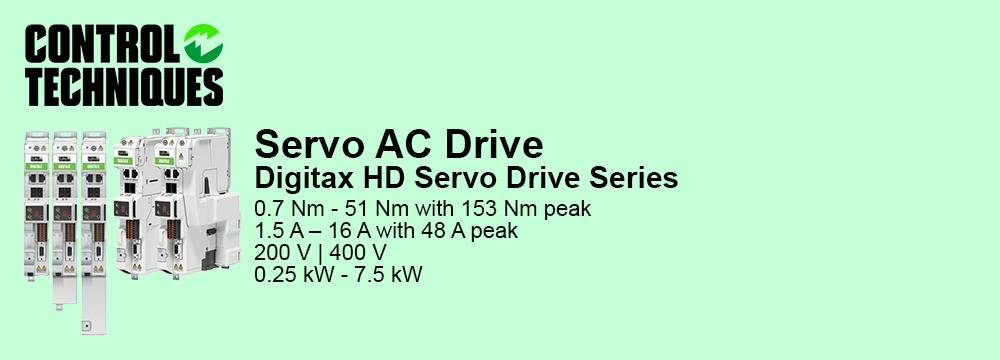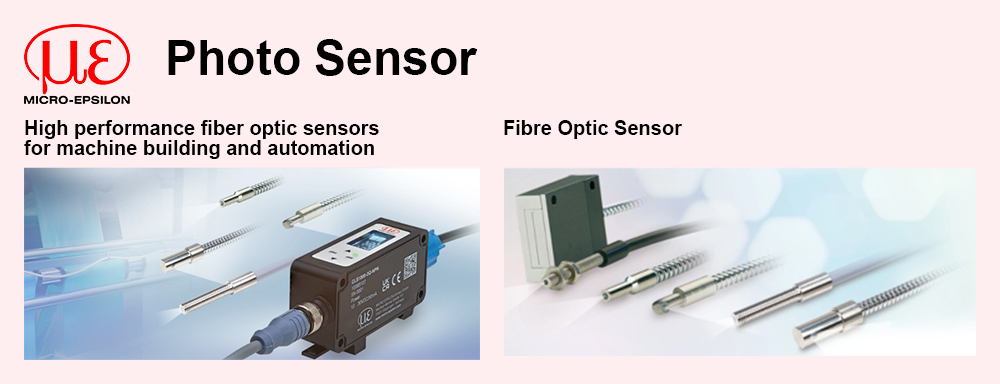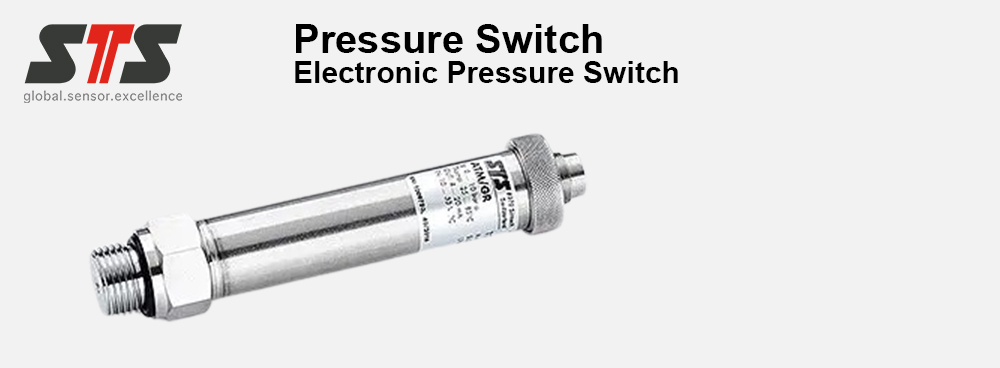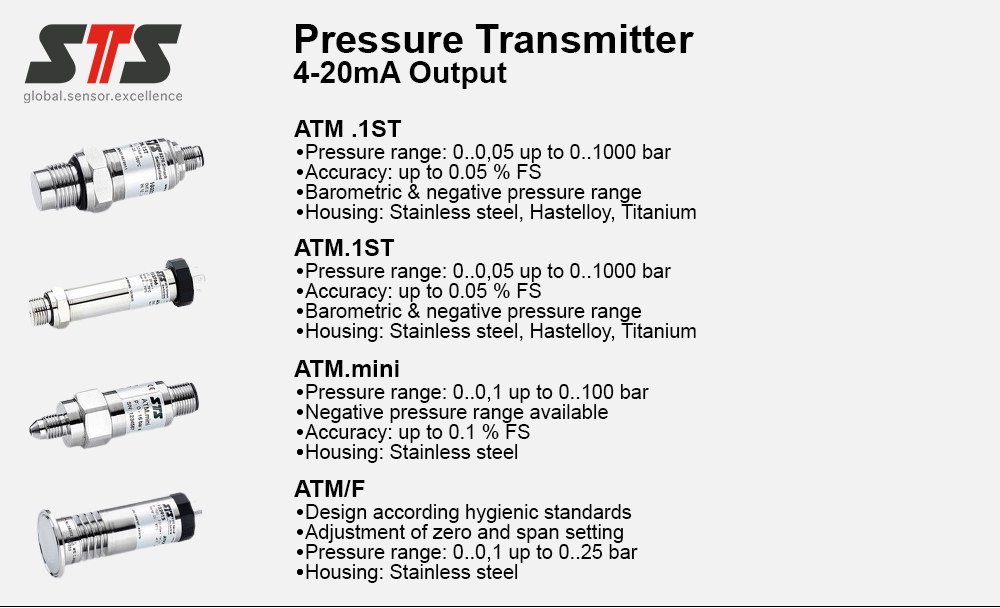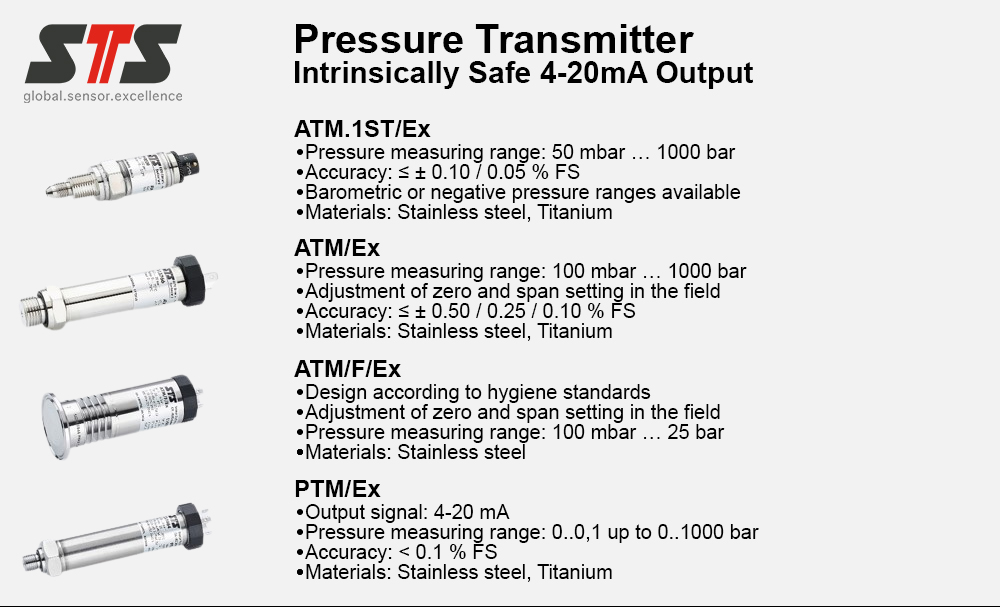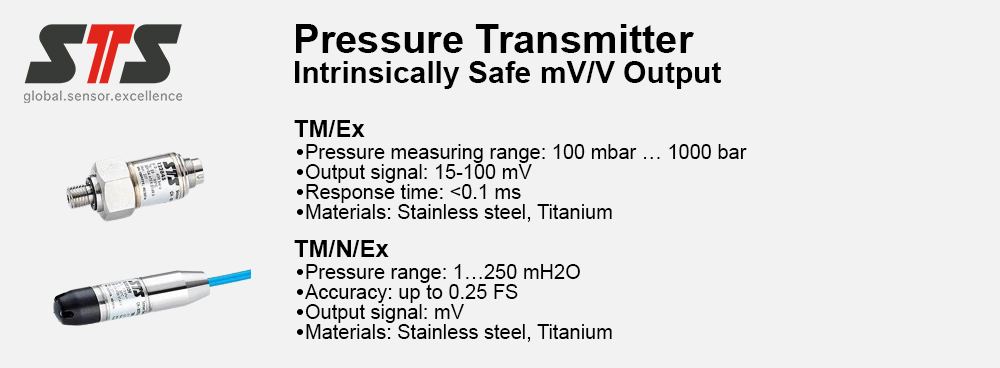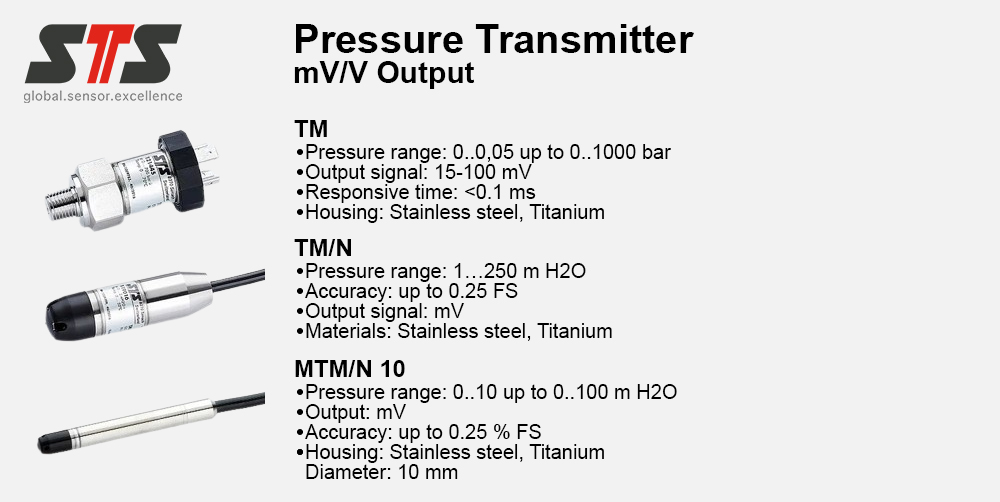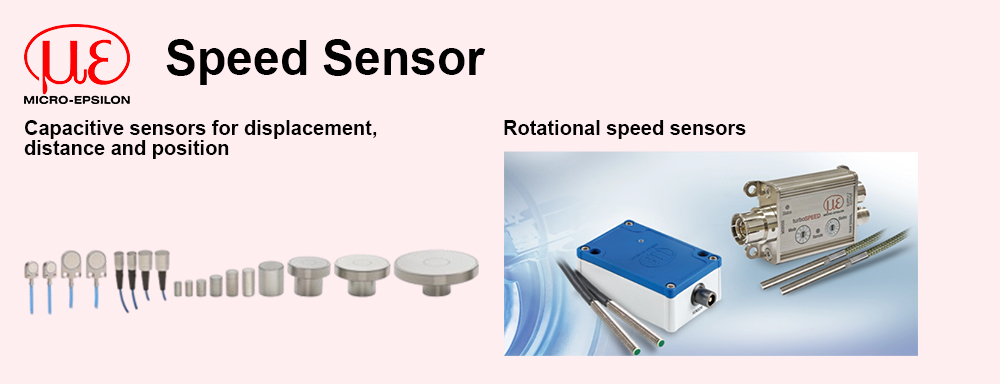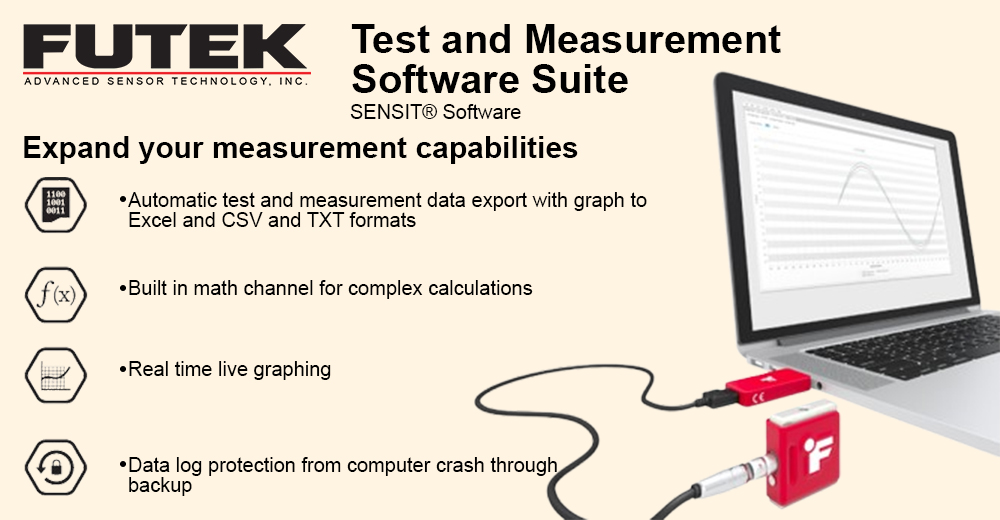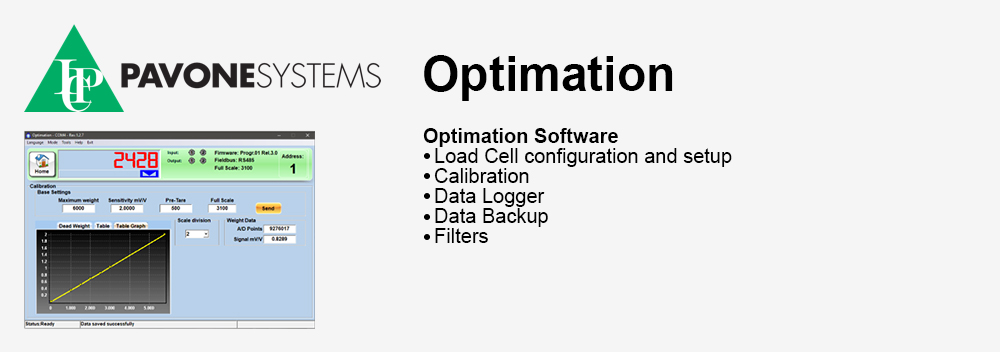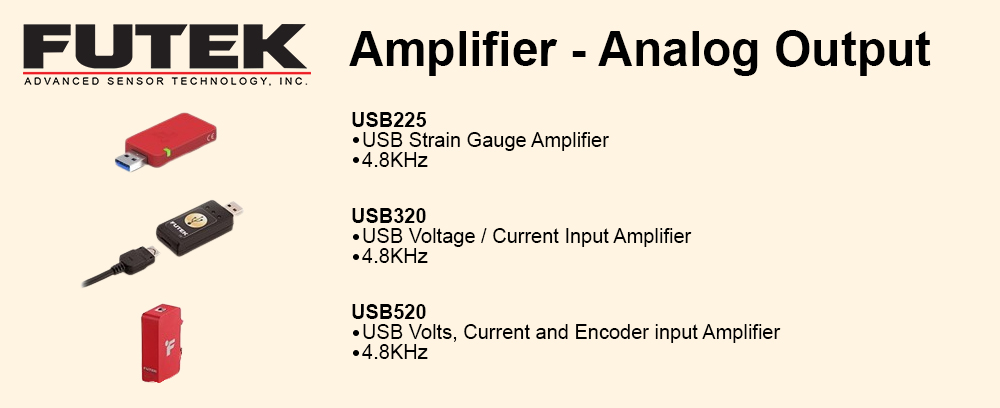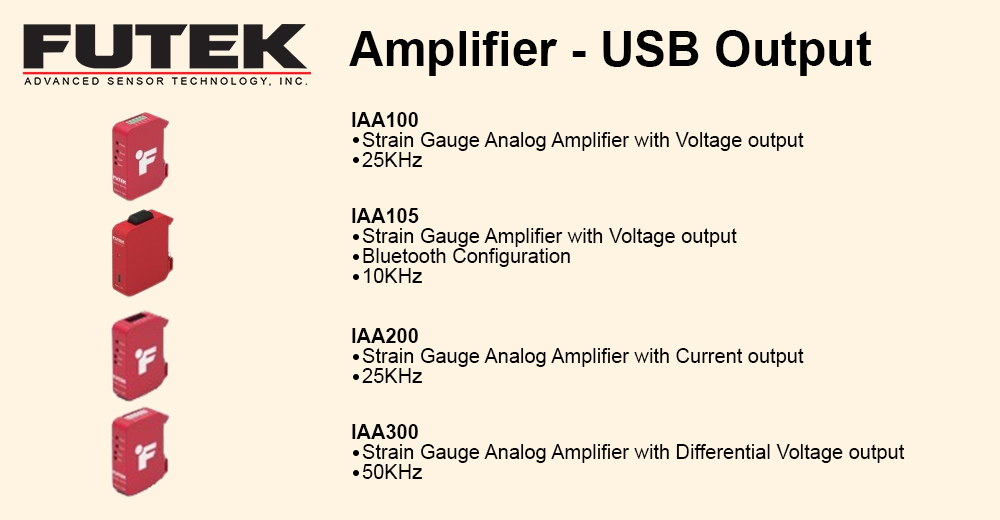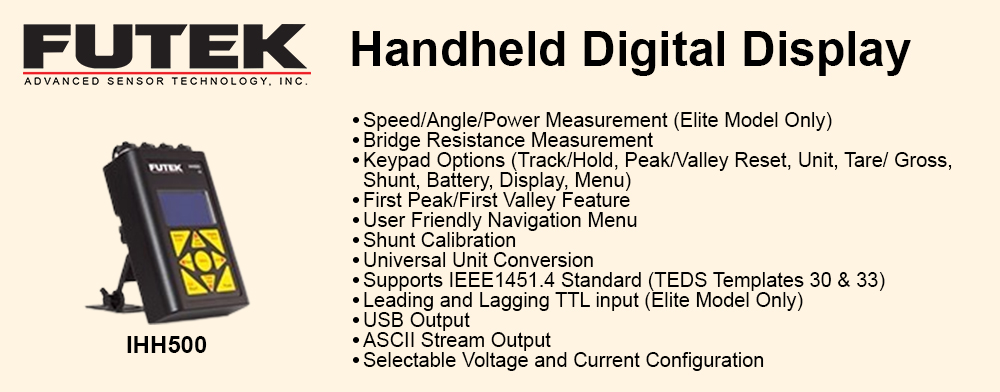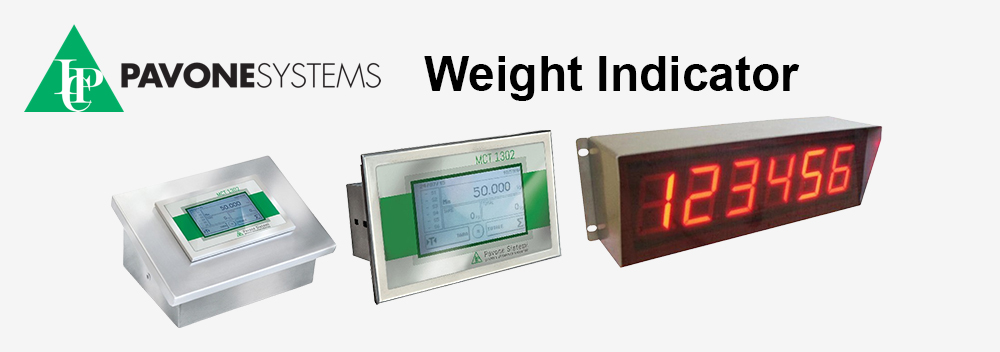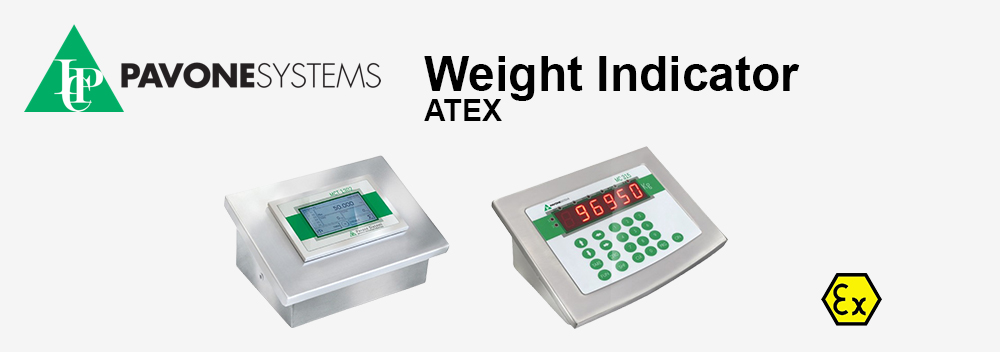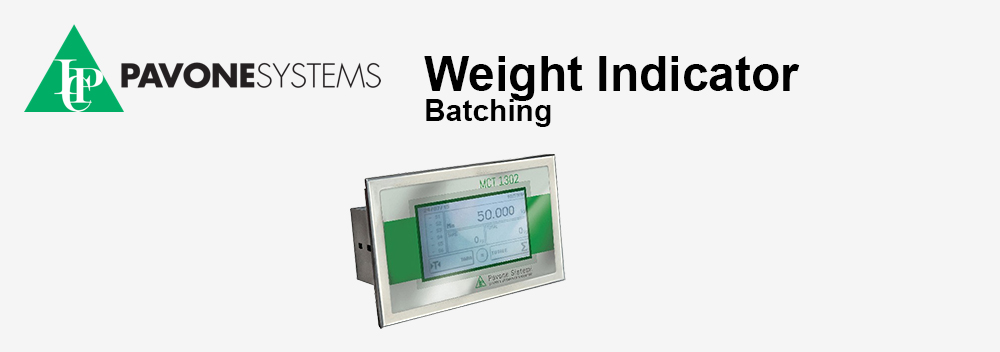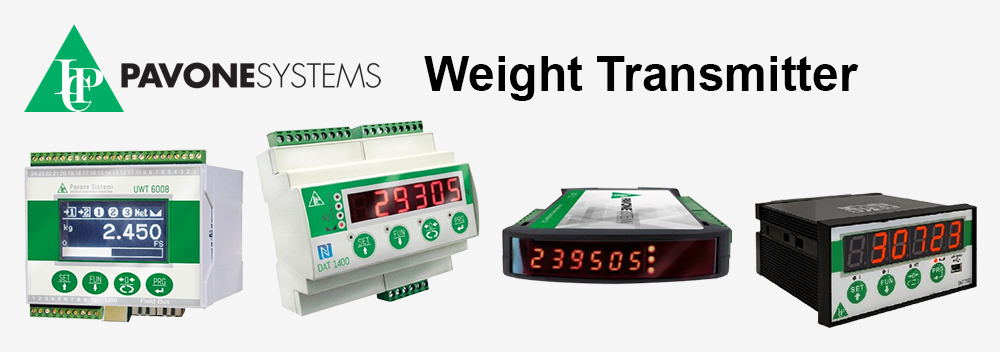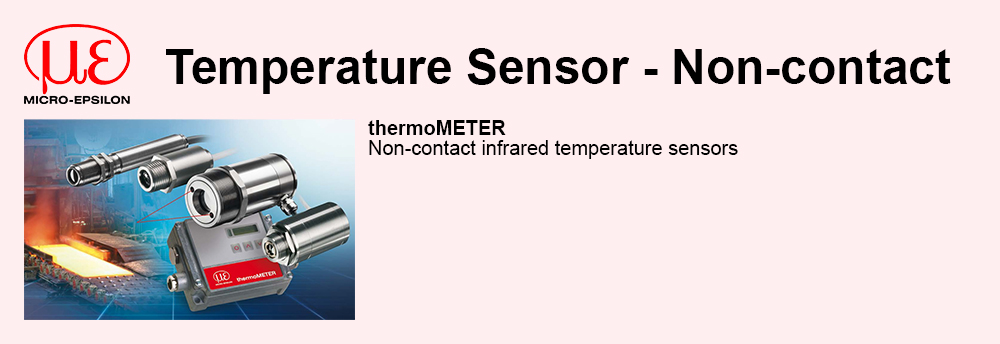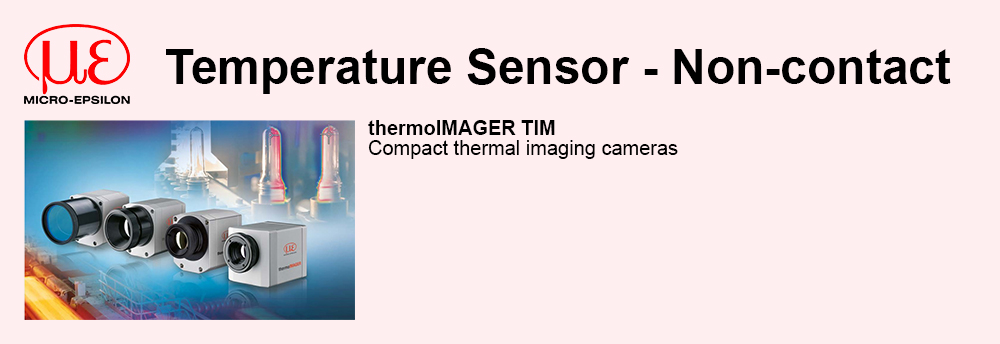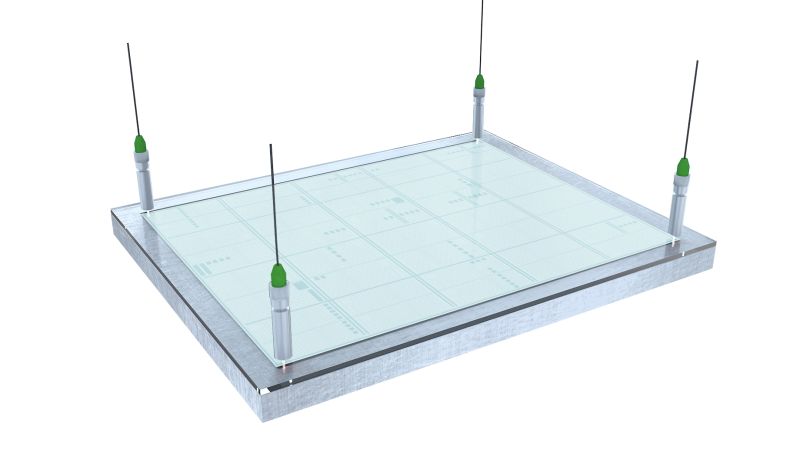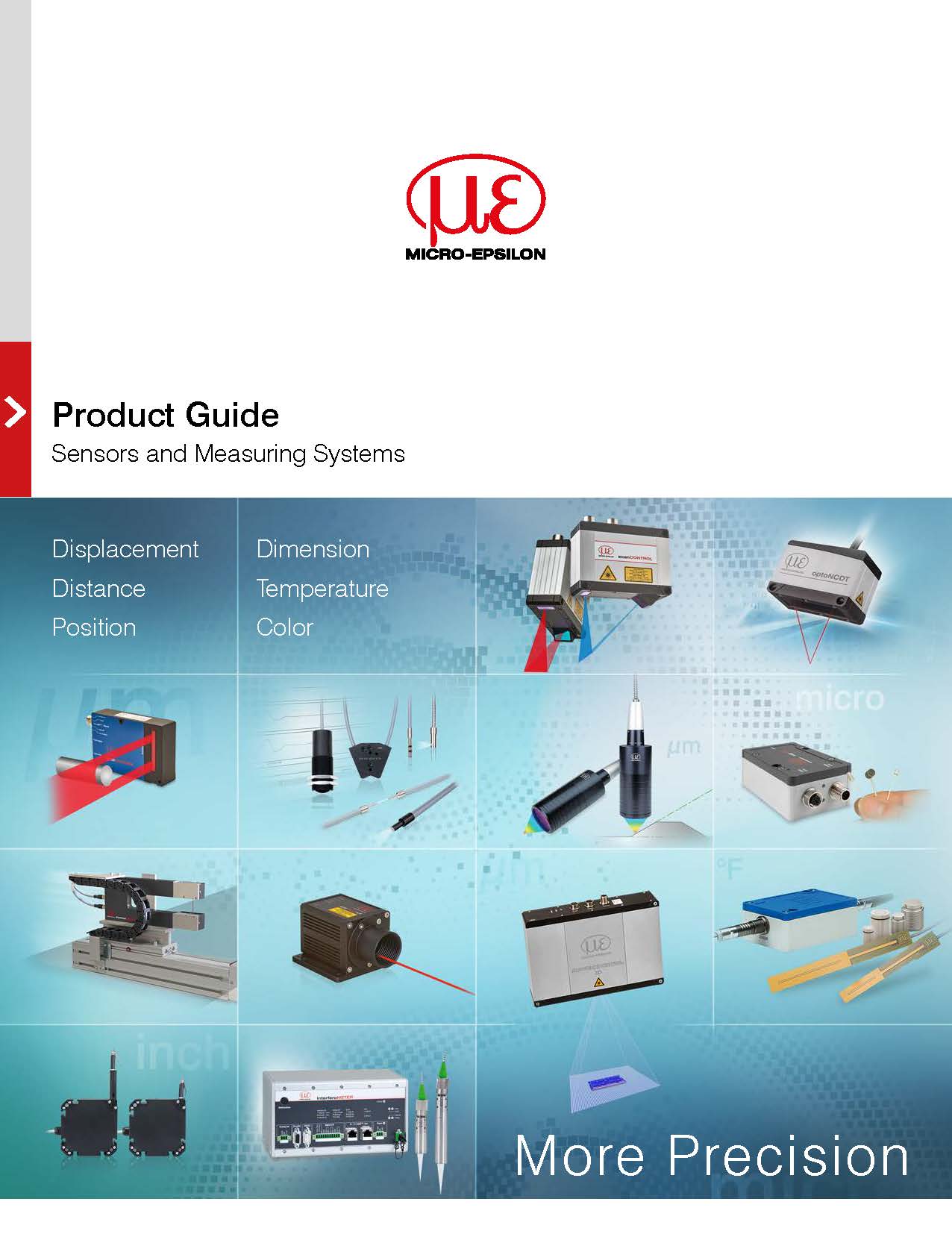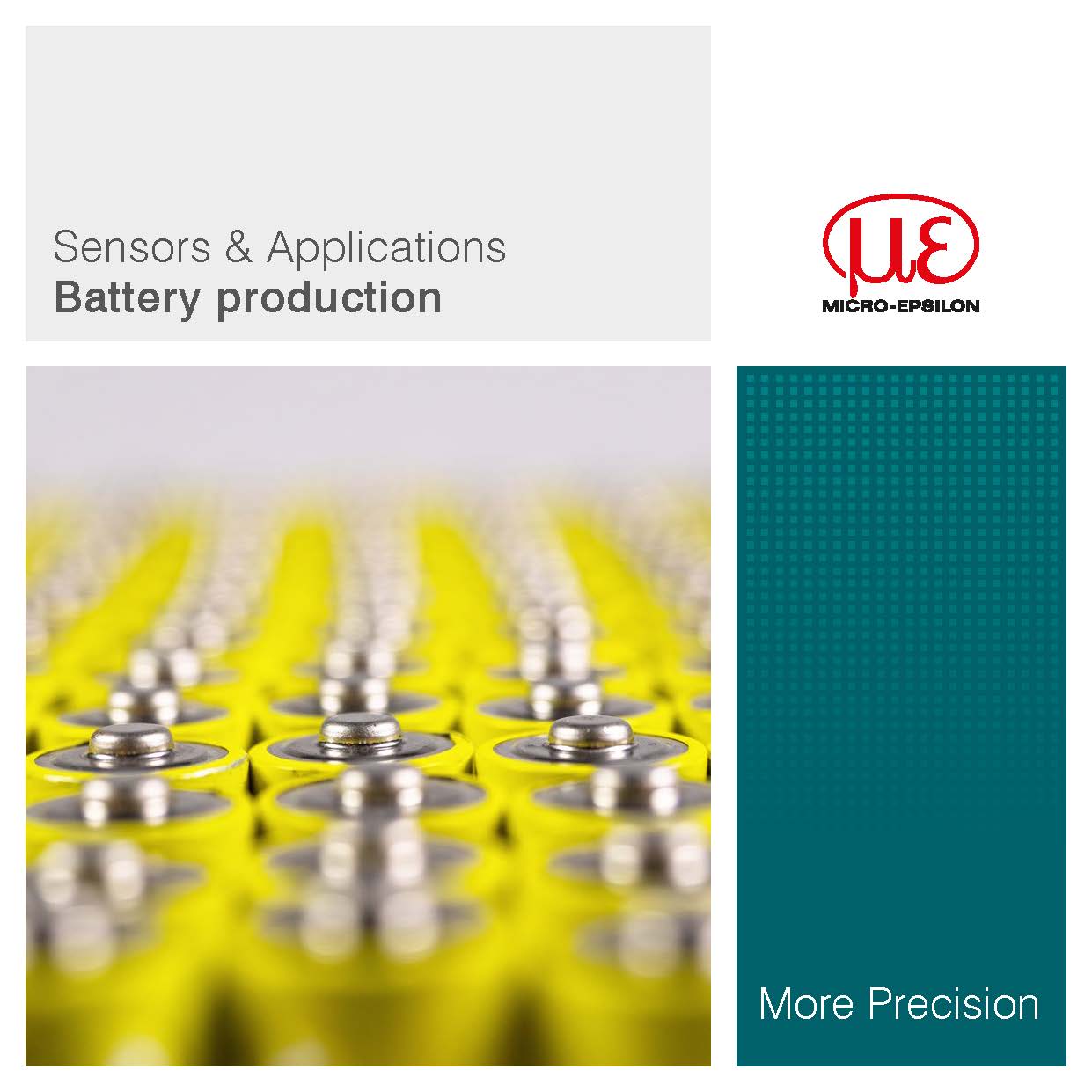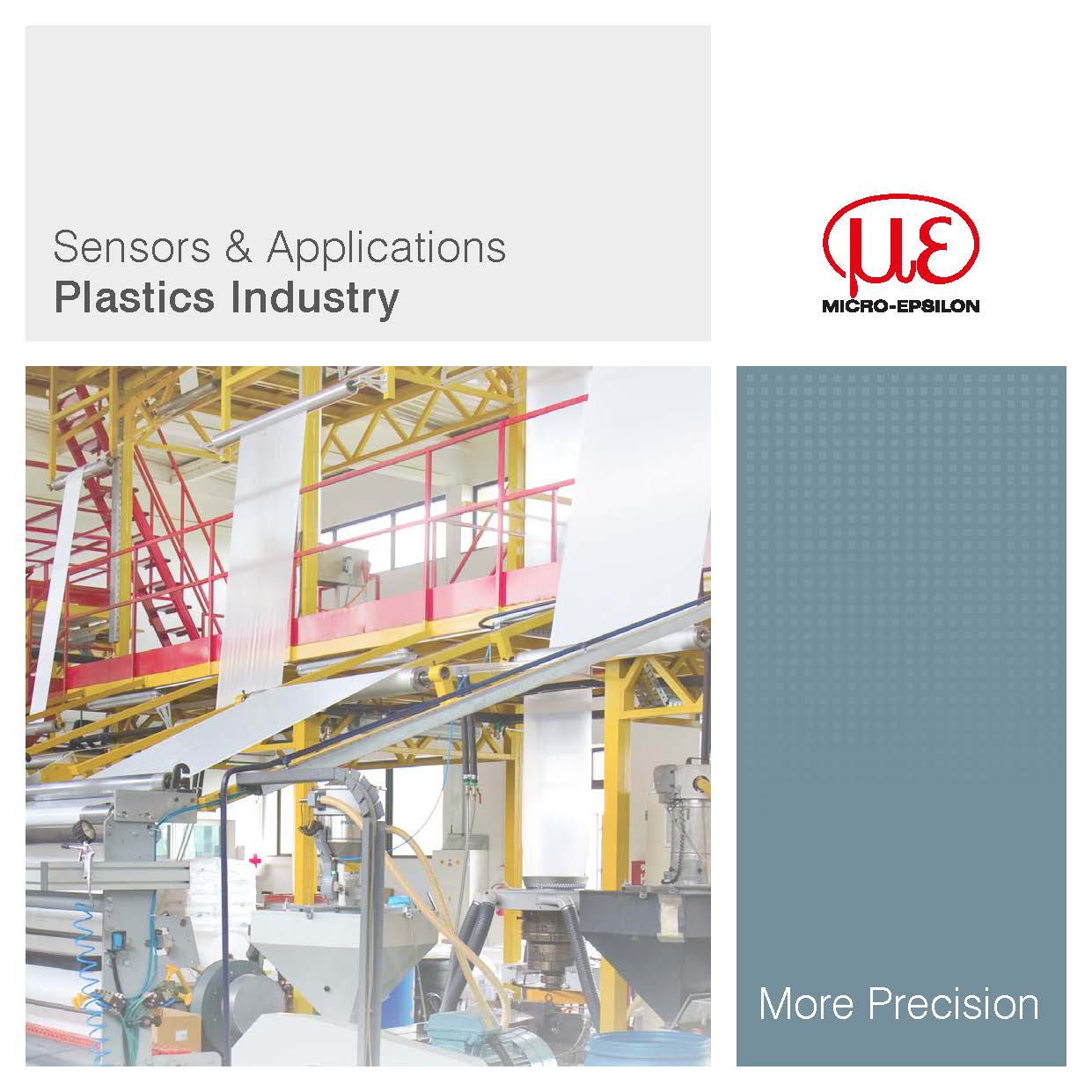Measurement and automation technology |
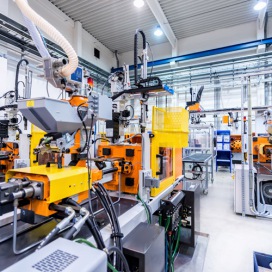 Automatically running processes must also be controlled whether the required target movement has actually been achieved. Their monitoring is often more complex the faster and more precisely the production runs. Measurement technology is a crucial factor for the safety and quality of the products. Sensors for all measurement principles are used for this in numerous applications. They range from the simple OEM standard sensor to the completely new type of measuring systems for in-line inspection. |
Sheet edge measurement prior to laser welding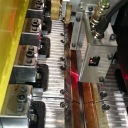 The company „Paul von der Bank“ in Hilden (Germany) develops and manufactures modular-designed robotic welding cells and fully automatic production and processing lines. To ensure high production quality of longitudinally welded pipes, the following factors must be considered: Besides sheet edge length, the exact edge position must be known, it must be guaranteed that sheet edges are aligned perfectly to each other. Sensor technology applied |
| __________________________________________________________________________________________________________ |
Bore hole depth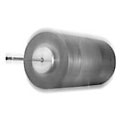 It is essential to measure in bore holes for some applications. In doing so, the depth or the wall structure of a bore hole can usually be measured. Only confocal axial or radial miniature sensors with 4 mm external diameter are suitable for this. Triangulation sensors would not provide any measurement results due to the shadowing of the laser in bore holes. The target material is not important for confocal sensors. Sensor technology applied |
| __________________________________________________________________________________________________________ |
Inspection of sockets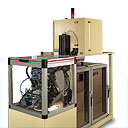 There are many uses of sockets in the automotive area. The dimensionCONTROL system is used for the quality inspection of these parts. An optical micrometer at the machine entry checks the size of the sockets. Using different image processing systems, both front faces and the shoulder face are tested for breakouts, fissures etc. Sensor technology applied |
| __________________________________________________________________________________________________________ |
Thickness measurement of mineral cotton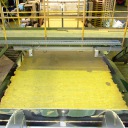 Mineral cotton is often used for heating insulation of buildings. However, as well as the homogenous material structure, thickness is also a critical factor in ensuring the right insulation characteristics. In the production two optoNCDT 1700 laser sensors with an integrated controller and air purge system for protecting the optics are therefore required for quality control. Sensor technology applied |
| __________________________________________________________________________________________________________ |
Processing measurement data for thickness measurements One method of measuring thickness is to calculate values from two opposing distance sensors. With up to six inputs, the CSP2008 universal controller allows synchronous recording of measured values from optical sensors: A pair of sensors is connected directly to the controller, another pair is connected via the EtherCAT fieldbus coupler and an integrated extension terminal. Two analog sensors measure the width of the material. These sensors are connected via a dual-channel analog input terminal. After the sensors have recorded their values, the CSP2008 calculates material thickness and width. Three switching inputs are used to set masters as per a calibration standard. Sensor technology applied |
| __________________________________________________________________________________________________________ |
Digital 3D measurement of complex parts and shapes Mabotic devepols and manufactures various designs of digital scanning units. scanCONTROL laser scanner are often used for digitization of parts. The scanner projects a laser line onto the object being measured and records the profile of the line. When the scanner is mounted on a linear axis and the scanner traverses over the measurement target, a 3D image of the target can be generated. Sensor technology applied |
| __________________________________________________________________________________________________________ |
Dimension inspection of cylindrical objects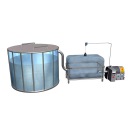 The CD Express measuring instrument developed by a British company measures circumference, diameter and ovality of cylindrically shaped objects. The measuring objects are inserted in the measuring device and the measurement starts automatically. An optical micrometer from the optoCONTROL 2500 series operates in the measuring device. The software has been customised for this application so that the optoCONTROL now takes over the complete control of the measuring device. Sensor technology applied |
| __________________________________________________________________________________________________________ |
Color detection of kitchen fronts Kitchens are available in many different colors. In order to guarantee that the customer receives the desired color, the colorSENSOR OT-3-MA-30-16 inspects the color of the kitchen fronts in the painting plant. Sensor technology applied |
| __________________________________________________________________________________________________________ |
Color measurement of liquid paint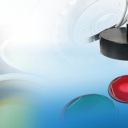 Measuring the color of liquid paint is extremely complex. To date, paints have been typically applied on a test area first and then measured only after the drying process in order to achieve reliable measurement results. If the measurement results reveal that the paints are faulty, the paint containers must be mixed again or even disposed of which partly involves long waiting times until a new measurement process can be started. In order to accelerate this process, MicroEpsilon has developed a system that enables the measurement of liquid paint during the production process. This application therefore includes the colorCONTROL ACS7000 color spectrometer for color measurements and the optoNCDT 142050 laser triangulation sensor for distance measurements. The latter is ideally suited to this application due to its compact size and excellent performance. A linear unit offers automatic readjustments. Sensor technology applied |
| __________________________________________________________________________________________________________ |
Color measurement of LED panels (RGB)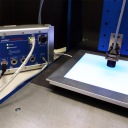 When RGB LED panels are produced, the challenge is to create a uniform, completely homogenous surface. Therefore, a diffuser layer is used, which enables a regular scattering of the otherwise point-shaped LED light. In order to avoid defects in the material and during production, the inline colorCONTROL ACS7000 color measurement system is used with the ACS3-TR receiver unit. Errors can therefore be recognized during the production process itself rather than the previous method of manual final inspection, which is no longer necessary. Sensor technology applied |
| __________________________________________________________________________________________________________ |
Yarn thickness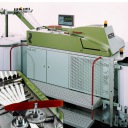 A consistent yarn thickness is a prerequisite in the textile industry for high quality products. Therefore, the naturally occurring yarn thickness fluctuations must be eliminated. The yarn is drawn to a constant thickness using a stretching tool. The measured data for controlling the stretching tool are provided by an eddy current sensor which indirectly measures the thickness. The thickness is transmitted to the eddy current sensor using sensing rollers. After the stretching, the result of the processing operation is also checked by an eddy current sensor. Sensor technology applied |
| __________________________________________________________________________________________________________ |
Measurement of large geometries with precision machines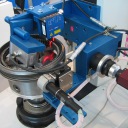 Measuring complex part geometries is a task for the scanCONTROL laser scanner. Laser scanners are used in the precision machines of EHR in order to perform a component inspection at high resolution and without contact. The special feature is that using a scanner, not only is an inspection possible from the outside but also from the inside. Sensor technology applied |
| __________________________________________________________________________________________________________ |
Overhead conveyor distance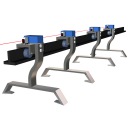 Overhead conveyors which move automatically through the production process on a rail are used for the transportation of many components. A certain minimum distance is required so that components do not collide with each other during the transport. The optoNCDT ILR sensors have the task of maintaining this minimum distance. Attached to each overhead conveyor, they measure the distance to the next one. These sensors measure using the “Time-of-Flight” principle which is ideal for such types of application. Sensor technology applied |
| __________________________________________________________________________________________________________ |
Optical sensors in side trimming systems of saw mills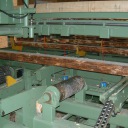 The tree trunk cut into planks in saw mills still shows the wane of the original tree on the edges. In order to achieve an optimum cutting width and thus a maximum yield here, laser triangulation sensors are installed every 30 to 50 cm which measure the transverse section of the plank in the flow path. The maximum width of the plank is calculated using special software. Sensor technology applied |
| __________________________________________________________________________________________________________ |
Measurement system for the flat setting on carding machines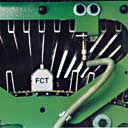 The setting of the distance between the drum and the flat is crucial for carding quality of fiber, e.g. wool. Investigations have shown that manual gap settings with the gage to the left and right on the carding machine are not equal and that with the machine at standstill slight deviations from the operating conditions arise. The remedy is provided by a measuring flat rod (FCT) with two or three capacitive sensors which is exchanged for a flat rod. The sensors measure the distance to the drum via the drum width. The other distance signals are passed to the PC. The fully automatic measurement sequence eliminates erroneous settings and shortens the setup time. The inspection and documentation of the results facilitates practical quality assurance. Sensor technology applied |
| __________________________________________________________________________________________________________ |
Active compensation for movements in the measurement process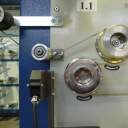 Harsh industrial environments place high demands on optical displacement sensors – precise measurements must still take place despite dust and high processing speeds. The optoNCDT 1700 and optoNCDT 2300 series of laser sensors have been mastering these challenges for many years. However, if motion disturbances (e.g. belt movements, radial movements of pulleys, and base body vibrations) occur that are greater than the object being measured, the measurement process may be impeded or made impossible. Examples include folds in a belt. Sensor technology applied |
| __________________________________________________________________________________________________________ |
Coordinate measurement machine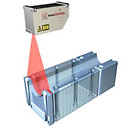 Coordinate measurement machines are used for measuring many different components. Different scanners and measuring equipment measure the surface of the component in three dimensions. Laser line scanners from the scanCONTROL 2800 and 2700 series are ideally suited for this purpose. They measure the actual surface of the component without contact and with micrometre precision according to the triangulation principle. Sensor technology applied |
| __________________________________________________________________________________________________________ |
Bearing shell surface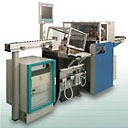 Sliding bearings are used in combustion engines for the crankshaft and camshaft. The bearing shells are often composed of three layers whereby the inner layer is only metalized or sputtered. If there are residues on the bearing shell, the inner layer has too little purchase and flakes off. The system from Micro-Epsilon checks all bearing shells at the end of the production for a faultless condition of the surface. A BV camera records an image of each shell which is evaluated afterwards completely automatically. If necessary, the system also takes over the selection afterwards depending on the measurement result. Sensor technology applied |
| __________________________________________________________________________________________________________ |
Thickness measurement using displacement sensors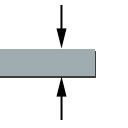 Thickness measurement using displacement sensors is a wide application area. Basically there are distinctions between non-destructive/destructive, non-contact/with contact and one-side/two-sided thickness measurement. The Micro-Epsilon measuring techniques for thickness measurement are all emission-free whereby no emissions regulations of any kind have to be complied with. Thickness measurements must be performed both with contacting as well as with non-contact sensors whereby non-contact measuring techniques show advantages as regards accuracy and measuring speed. There is also a distinction between one-sided and two-sided thickness measurement. Two-sided thickness measurements are carried out with at least one pair of sensors which are installed together on one axis. This pair of sensors measures the target synchronously. The difference between the measurement results (C-A-B) produces the thickness of the measuring object. One-sided thickness measurements must only be performed with non-contact sensors. In doing so, the target is only measured with one sensor and either only a part of the target thickness (e.g. layer thickness) or the complete measuring object thickness is measured. Thickness measurements are mainly used in process control and quality assurance, e.g. for the control of extrusion systems or 100% checking of tube diameters. Sensor technology applied |
| __________________________________________________________________________________________________________ |
Measuring of the haptic contact temperature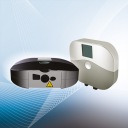 Contact or touch temperature is an important parameter in the tactile quality of a surface. The feeling of the temperature that a material causes can be determined by using a measuring system. If this parameter is known, an objective feeling of quality can be made. The measurement results are shown on a sensotact-scale – a tactile reference system. A physical basis for these values is created by measuring the temperature of the surface shim. Afterwards a step-less measuring analog of the reference scale is possible. In the measuring system, temperature sensors of the thermoMETER CSmicro series are used. Sensor technology applied |
| __________________________________________________________________________________________________________ |
Measurement of the zinc strip color in the production plant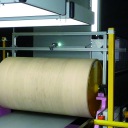 In the production of high-quality material strips and boards made out of titanium zinc, the surfaces receive specific treatment. Therefore, the coloring of the zinc products is already determined during the production process. Sensor technology applied |
| __________________________________________________________________________________________________________ |
Automated board measurements in wood production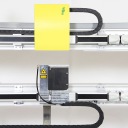 Electronic Wood Systems GmbH (EWS) has launched the "dimension scan"a new approach to the automated measurement of finished boards. The market leader in measurement systems for the wood processing industry, based in the German town of Hamelin, EWS developed this innovative solution for the inline quality control of chipboards, MDF and HDF boards. Sensor technology applied |
| __________________________________________________________________________________________________________ |
Automatic positioning of synchronizer discs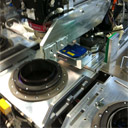 Synchronizer discs are used as a synchronizer package in automatic transmissions. Behr Systems in Germany created a handling and processing plant for deburring the front side of the synchronizer discs using a laser. An essential part of this plant is the measurement technology, which guarantees the precise positioning of the synchronizer discs under the deburring laser. Sensor technology applied |
| __________________________________________________________________________________________________________ |
Automatic test station for heat exchangers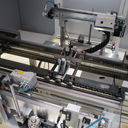 Heat exchangers in plant and machinery serve as heat transfer mechanisms between different material flows. To maximise the heat-emitting area, they are designed using multiple plates. Respectively one connecting flange for the material-conveying cables is welded or soldered onto the last plate. The position and the flatness of the flanges have to fulfil highest requirements so that these can be connected at the desired point. Sensor technology applied |
| __________________________________________________________________________________________________________ |
Fluid level measurement of aluminum pig irons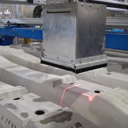 A German manufacturer of prestressed concrete products uses a number of 3D measurement systems by InSystems Automation with optical sensors made by Micro-Epsilon for quality control of railway sleepers. The systems include a portal station that is fitted to a forming station above the conveyor technology. Two scanCONTROL LLT2800-100 laser profile sensors travel along the portal axes and scan the sleepers from above. Sensor technology applied |
| __________________________________________________________________________________________________________ |
Vibration test of wet razor Modern wet razors provide the function of supporting the shave using vibration. A functional test is performed at the end of production for these models. The razor is switched on and placed in the light band of the optoCONTROL optical micrometer. The laser micrometer measures the vibration amplitude and the frequency. Sensor technology applied |
| __________________________________________________________________________________________________________ |
Calibrating robot axes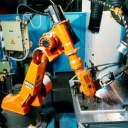 Industrial robots have become indispensable in modern production facilities due to their reliability and speed. During set up and also at regular intervals within the scope of quality assurance, the robot axes must be adjusted. Here, electronic adjustment probes have long substituted mechanical probes. The measurement probes mounted on the robot axes and acquire the zero point during the axis rotation using a probe tip. The integral electronics evaluate the probe signal and supplies a switching signal to the robot controller. Sensor technology applied |
| __________________________________________________________________________________________________________ |
Dimensional accuracy of sectional doors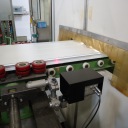 With sectional doors for parquet or laminate flooring, key and slot joints for individual sections are applied. However, these sections are opened and closed frequently. To enable a robust but permanent flexible key and slot joint, specified dimensions are critical and must be adhered to. This is particularly important in the case of significant temperature differences or inaccurate dimensions, where the door could be locked or positioned incorrectly. The measurement of the key and slot joint is therefore critical in ensuring the correct manufacturing dimensions. Sensor technology applied |
| __________________________________________________________________________________________________________ |
Welded sheets on gas valves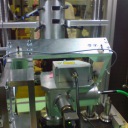 For automatic welding processes, the quality of the weld is often dependent on how precisely the welding head is positioned for the seam place. If the positioning is checked by a measurement system before the welding, unnecessary rejection can be prevented right from the start. The elster company uses the scanCONTROL 2810 profile sensor for this. The position of the scanner to the valve is initially measured eight times before the welding process. The laser welding head is positioned to the seam based on these data. Sensor technology applied |
| __________________________________________________________________________________________________________ |
Measurement of pre-stressed steel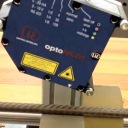 An inspection system for incoming goods inspection has been developed for a manufacturer of pre-stressed concrete, which detects the profile depth of delivered batches and continuously records this information to a database. Sensor technology applied |




